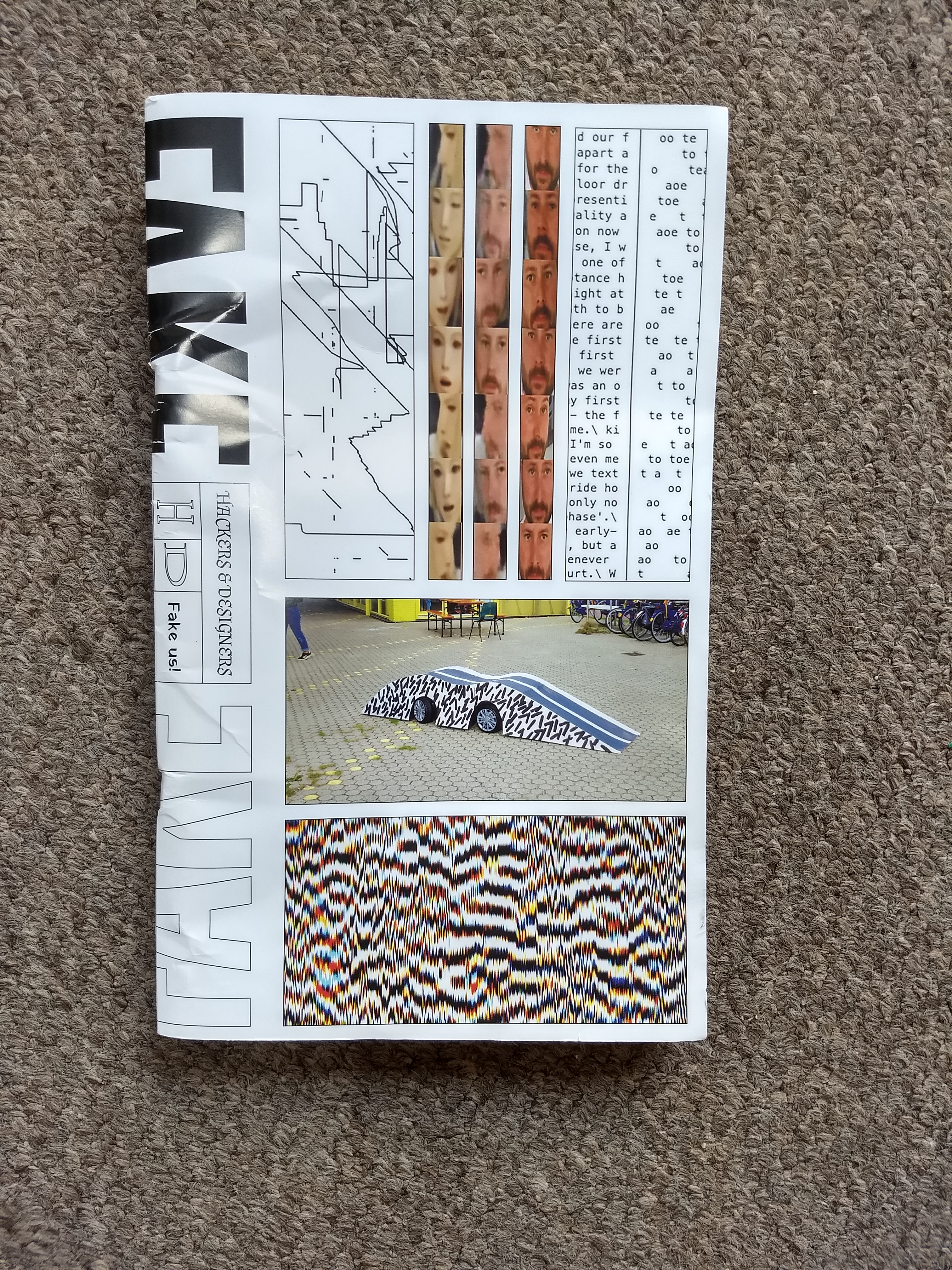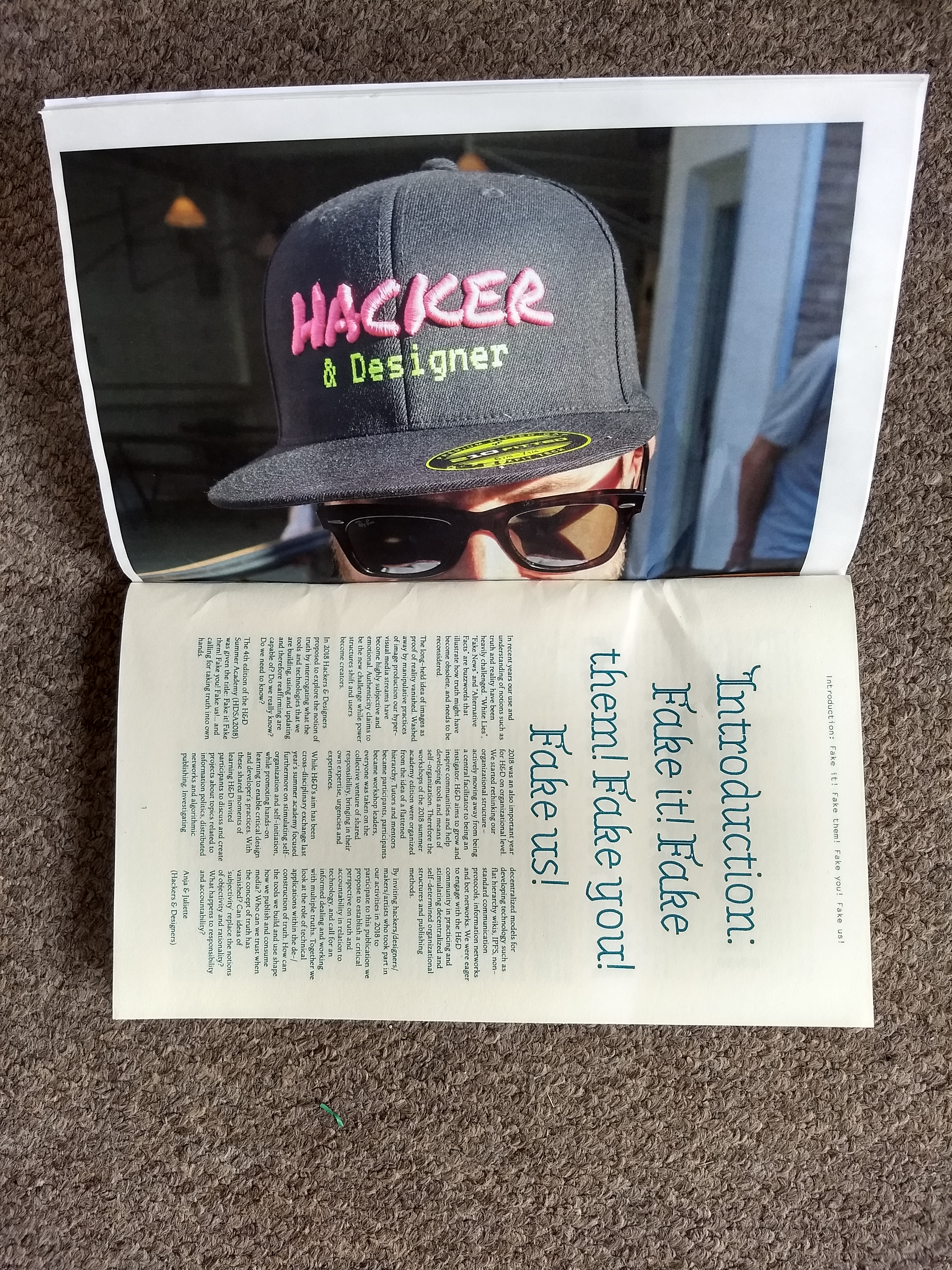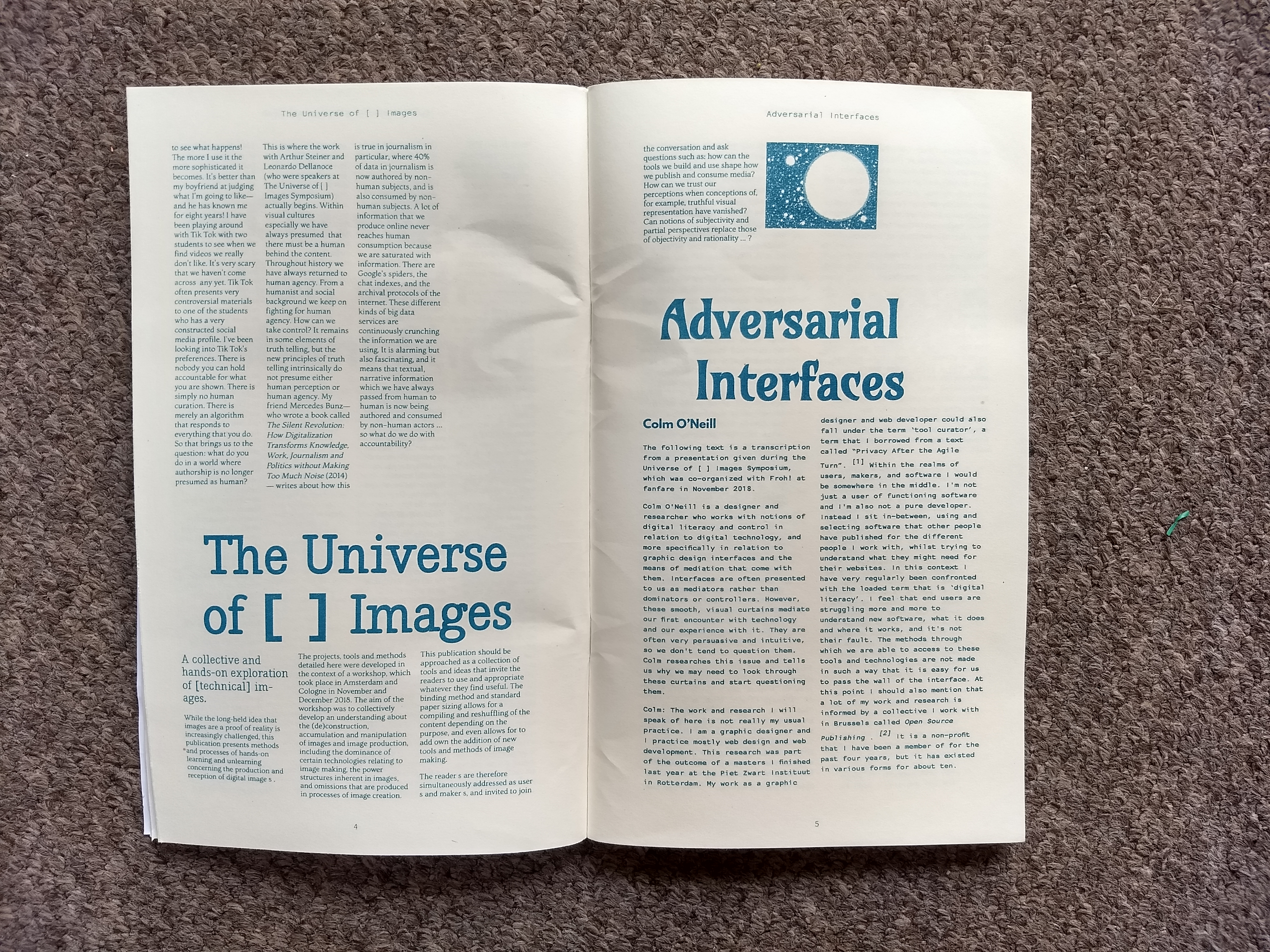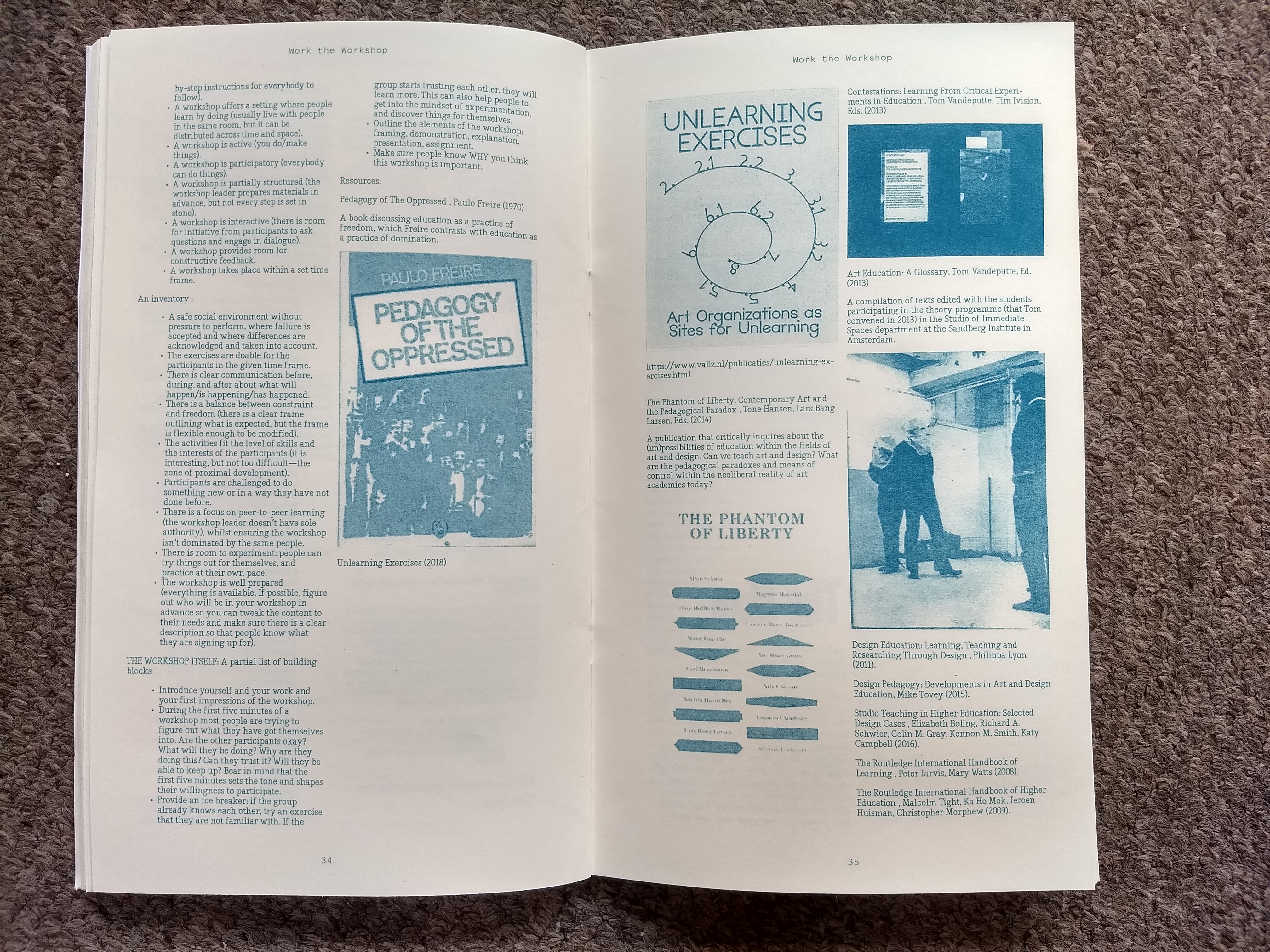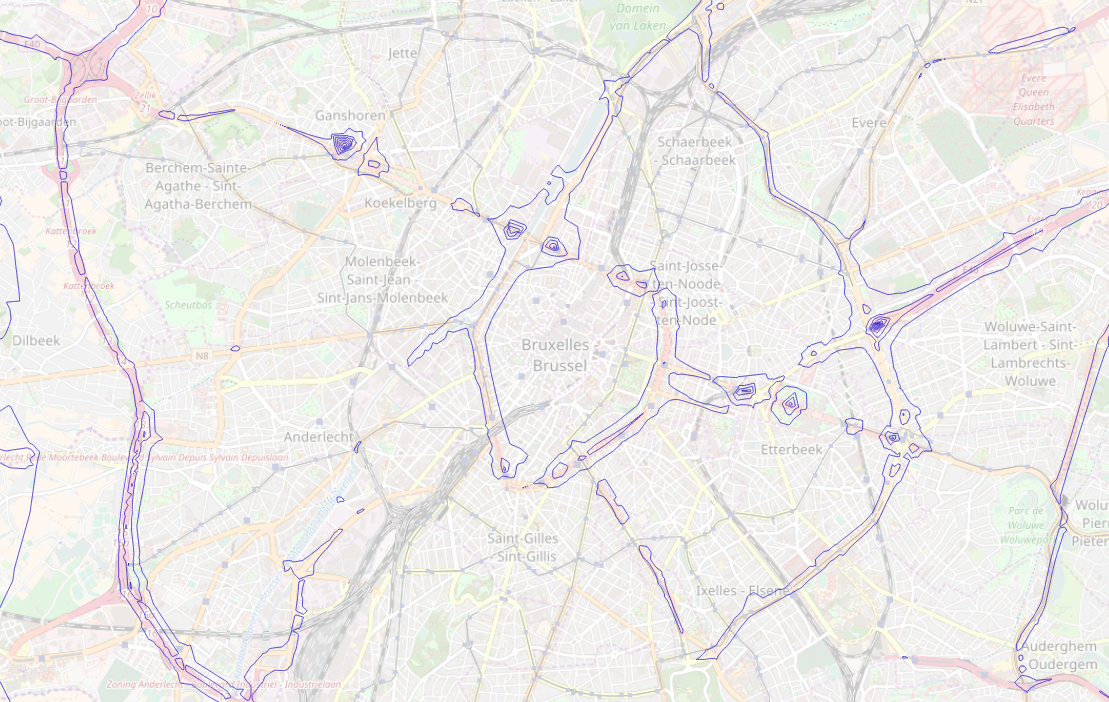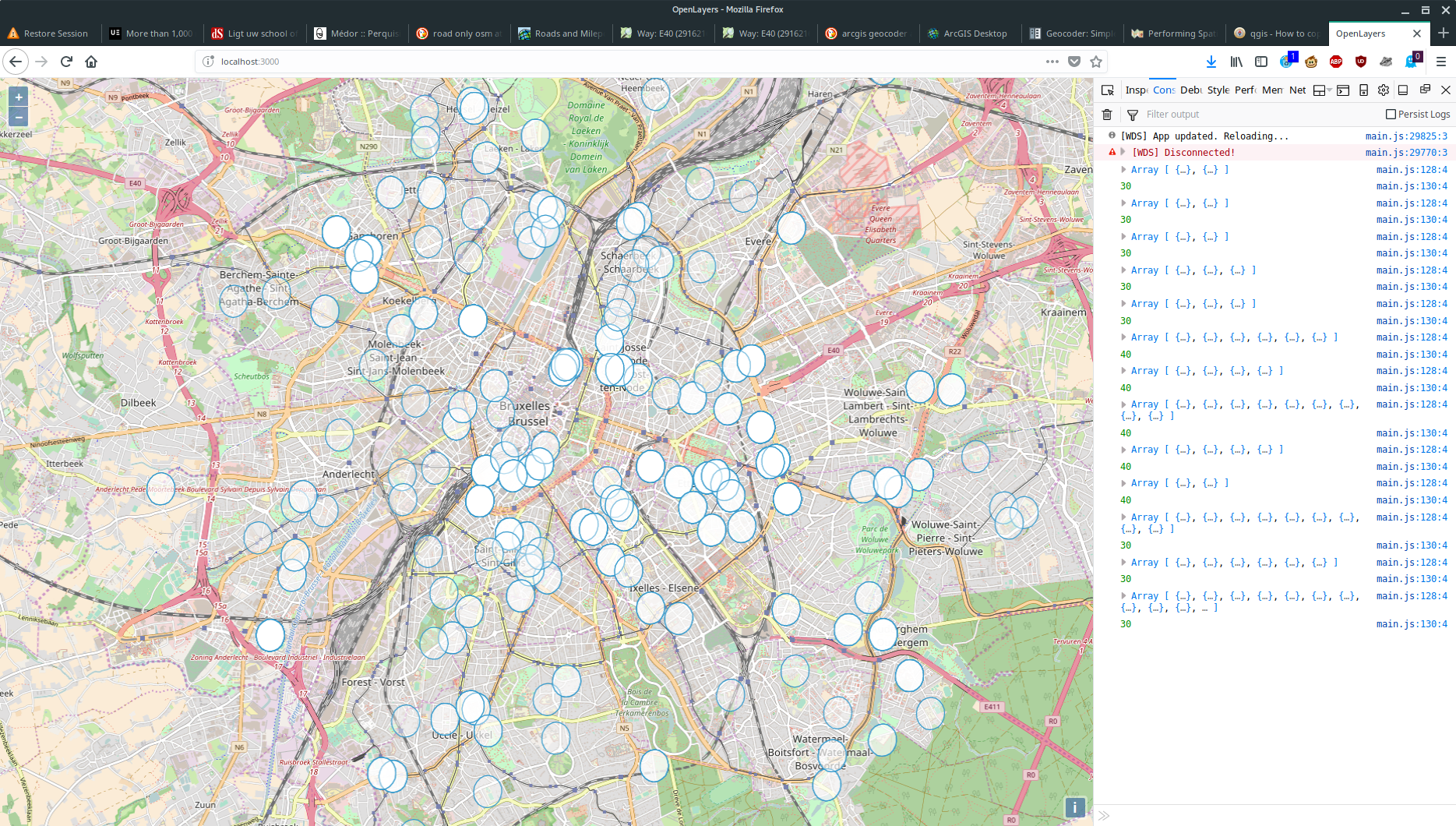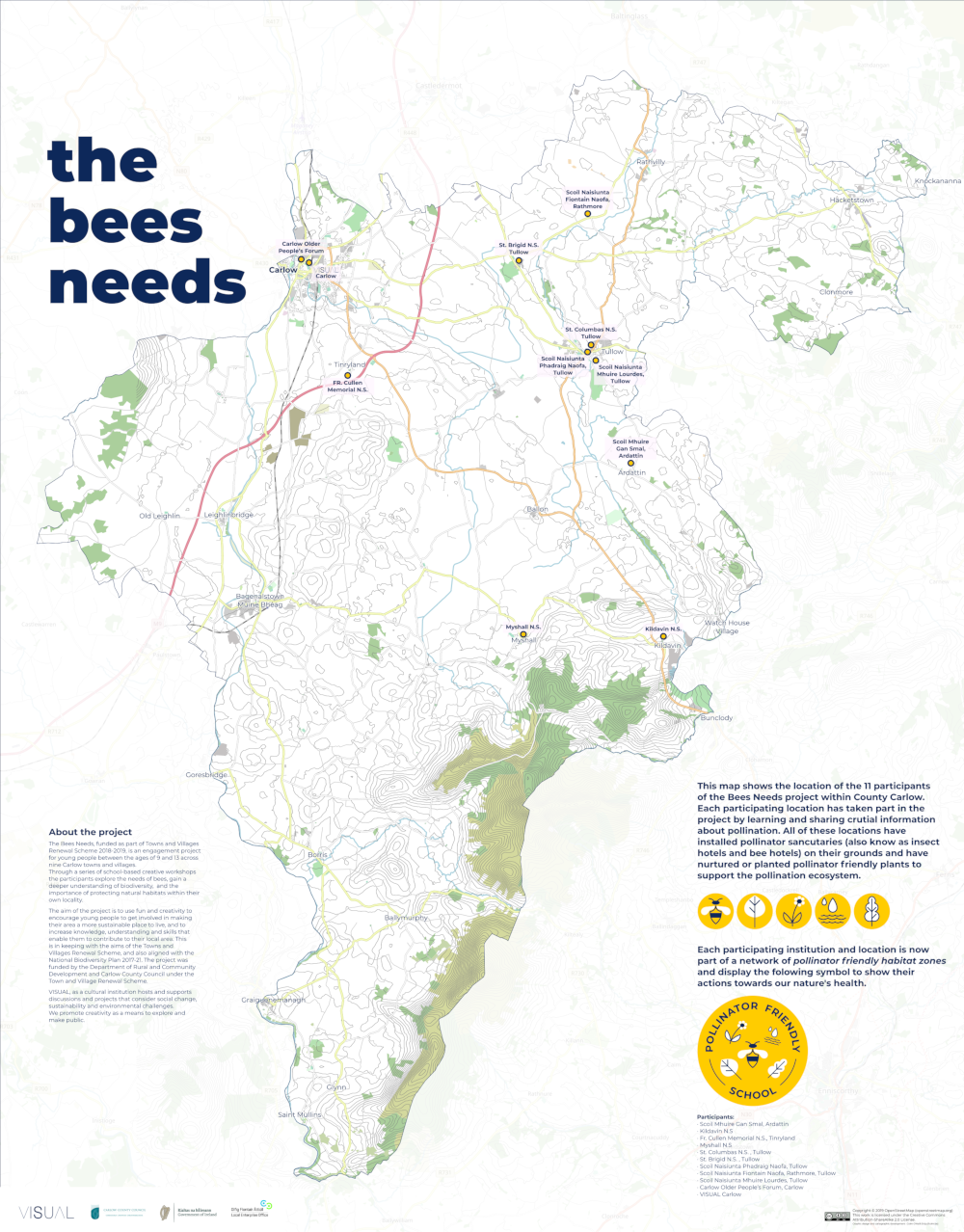This website is an aggregation of selected feeds to represent projects as they are developing. Versioning systems (git) and content feeds (atom / RSS) from other publication spaces are brought together to show different elements of practice.
Colm O'Neill works as designer and researcher in Carlow (IE) and Brussels (BE). His work is concerned with mediations of digital literacy through graphical, user and programmatic interfaces.
His current research foregrounds the ecological impact of the infrastructure of digital technologies. The research and practice that result follow the ideals of free and open source culture models.
currently:
- Lecturer in Design and IT at SETU (Carlow campus)
- Doctoral Researcher — Education and Social Justice, Lancaster University
previously:
- Member of Open Source Publishing
- MA Networked Media from the Piet Zwart Institute in Rotterdam
- Graphic Design BA from ENSAV La Cambre Brussels.
- 2013, self edited
- Pictures take during two different sessions at the Cocqueries d’Anderlues —Charleroi— Belgium in 2012 and 2013
- Typeset in Absara Thin Regular and italique a font by Xavier Dupré.
- Printed by AJM Print —Ixelles— Brussels Belgium.
Free Art Licence http://artlibre.org/licence/lal/en
— layout
Sell your house and buy gold
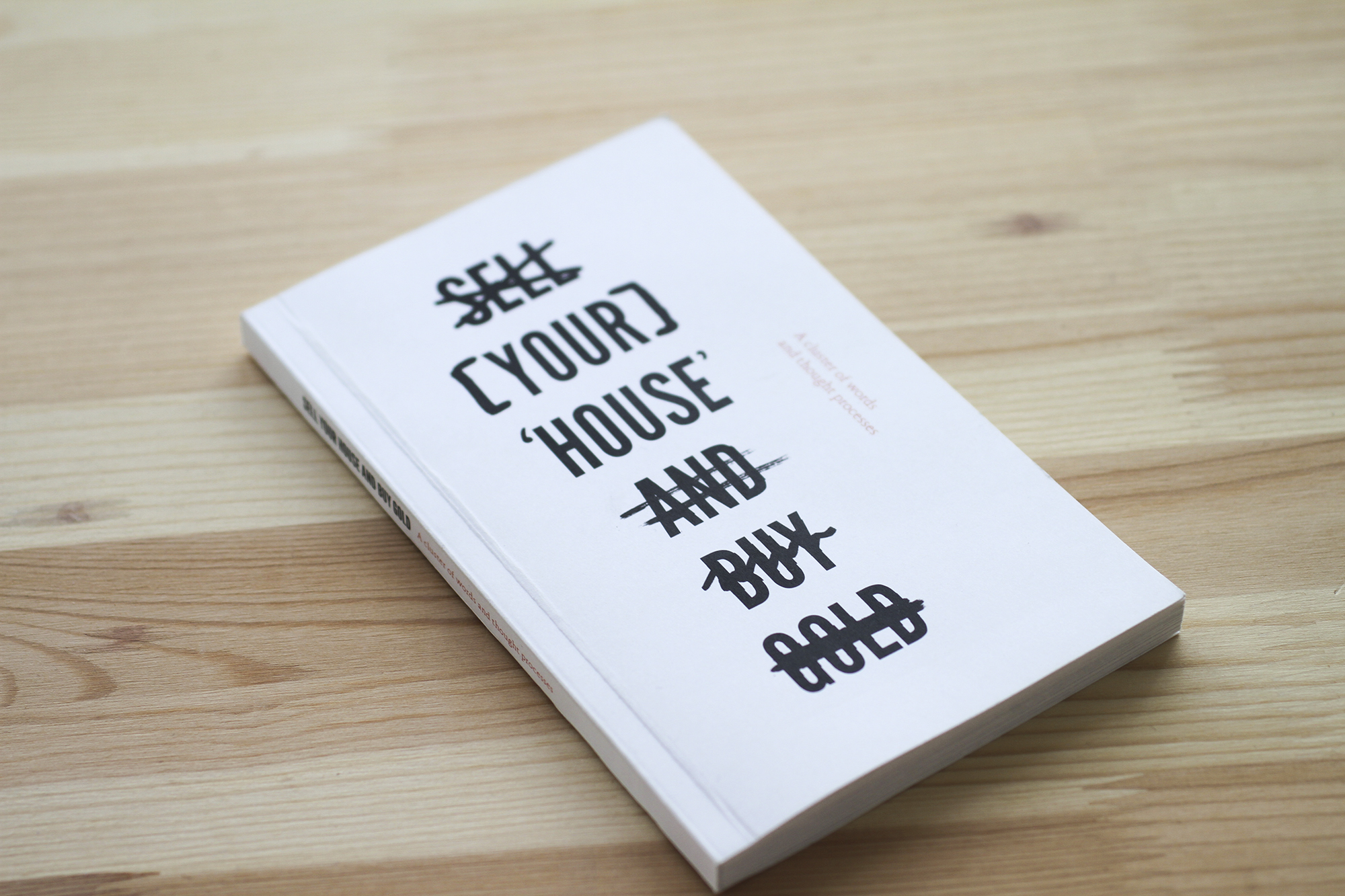

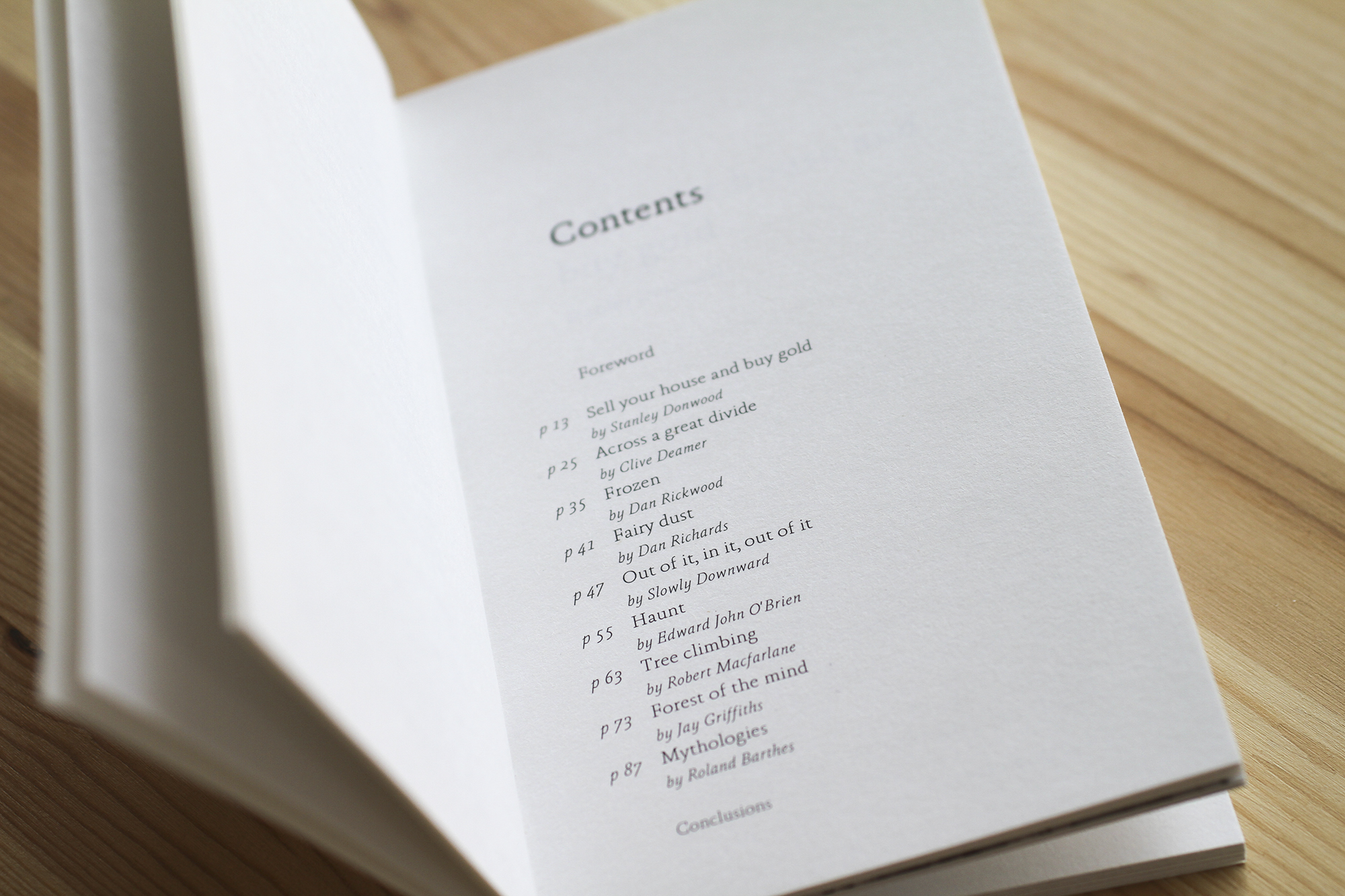

- for LGRU, with OSP 2013
- http://aa.lgru.net/pages/Co-position/
- Co-position starts from the urge to rethink page lay-out software from scratch. We felt that lay-out is maybe too path dependent in its way of mimicking 600 years of moveable type practices (and maybe even beyond).
- https://gitlab.constantvzw.org/lgru/co-position-catalog
— layout
16 case stories, re-imagining the practice of layout

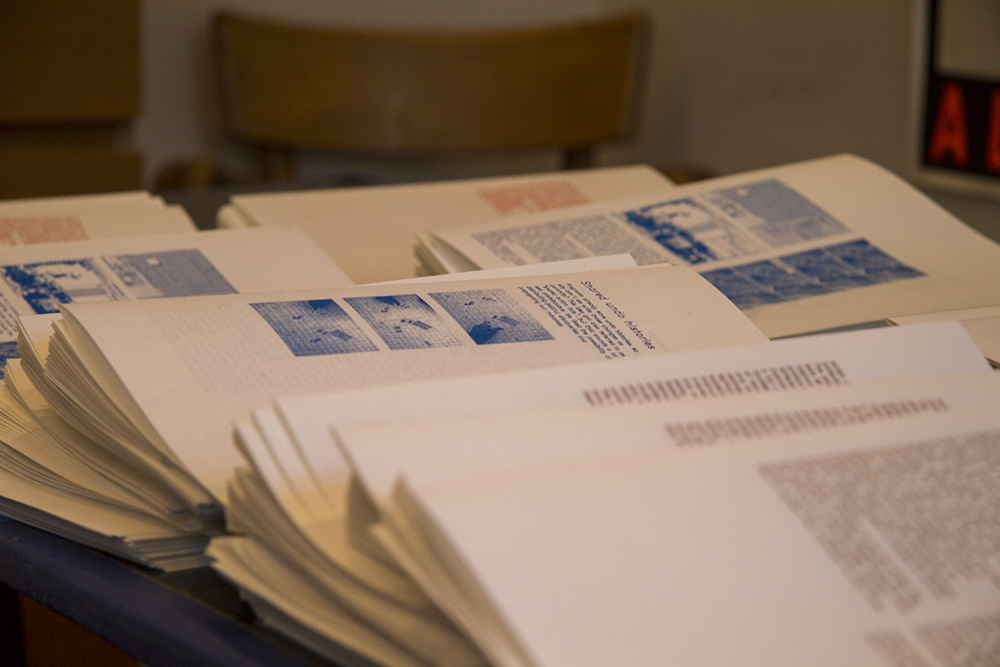
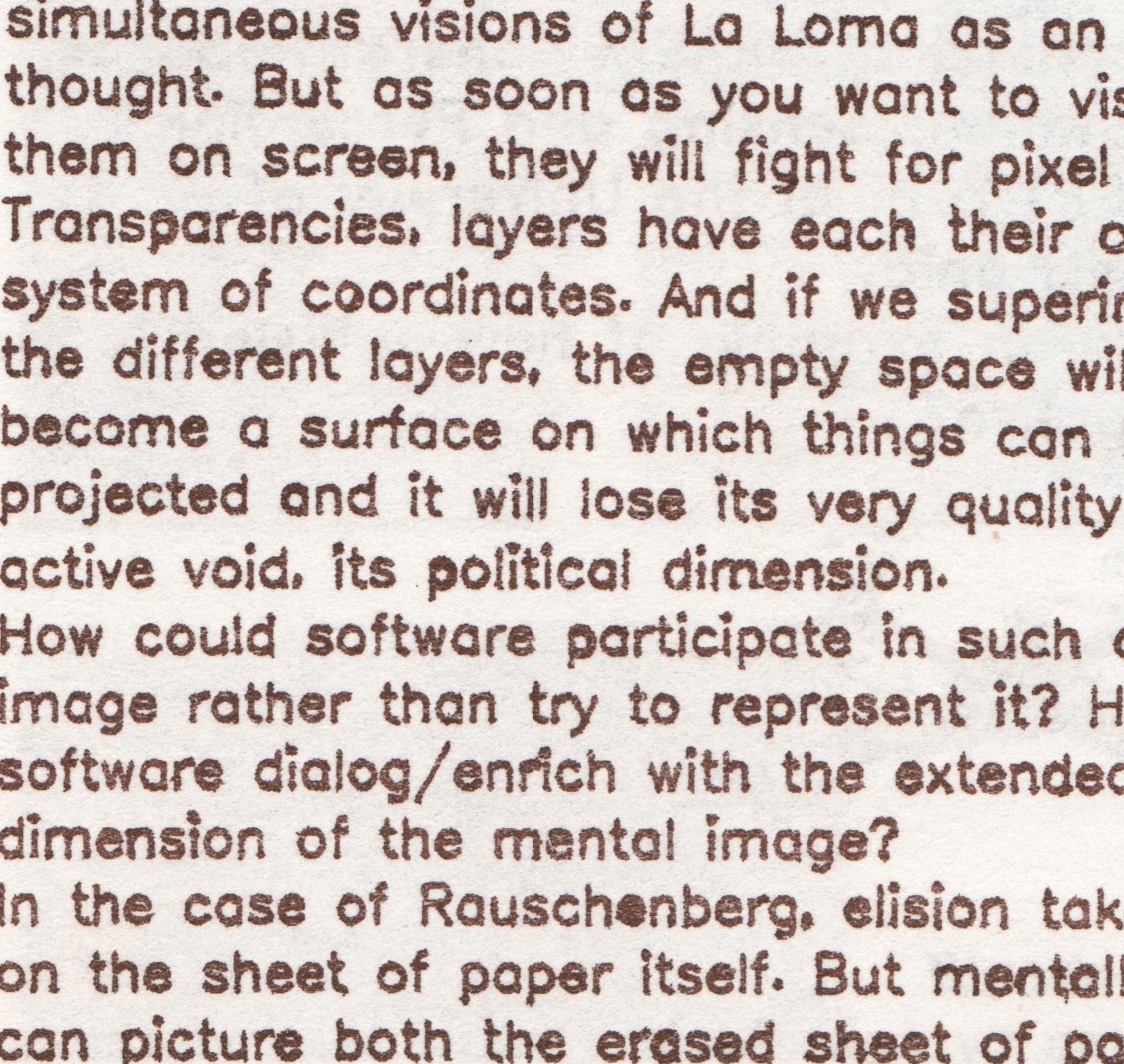

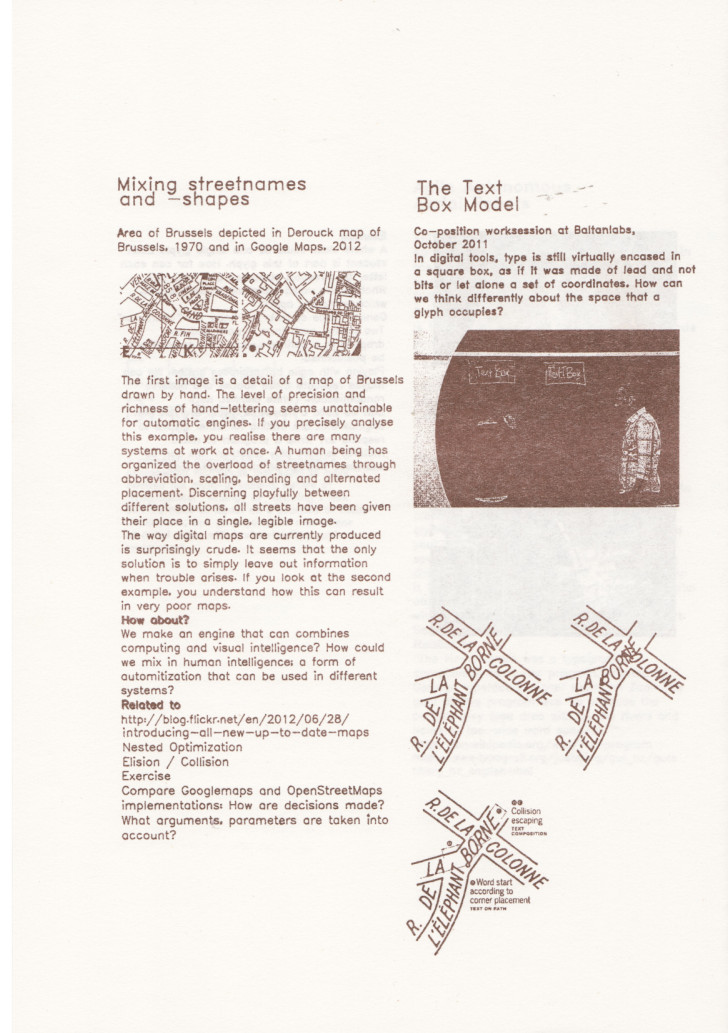
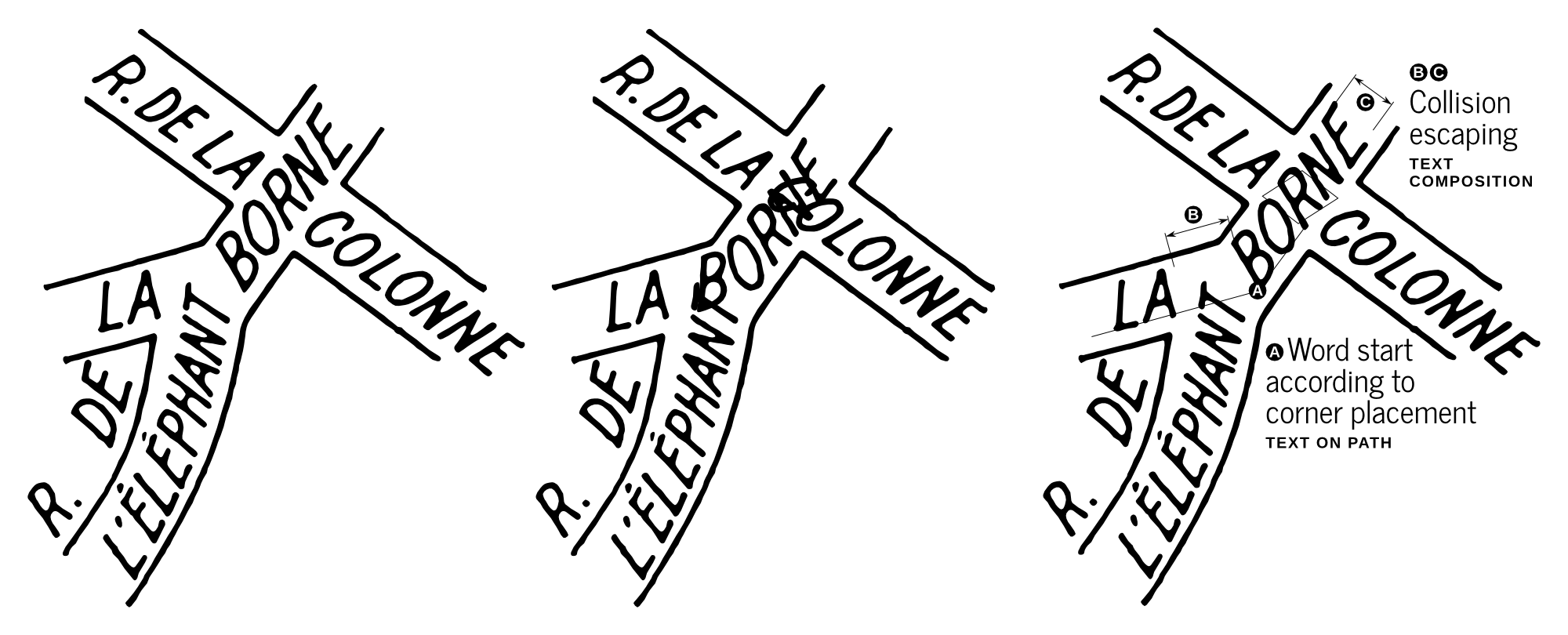

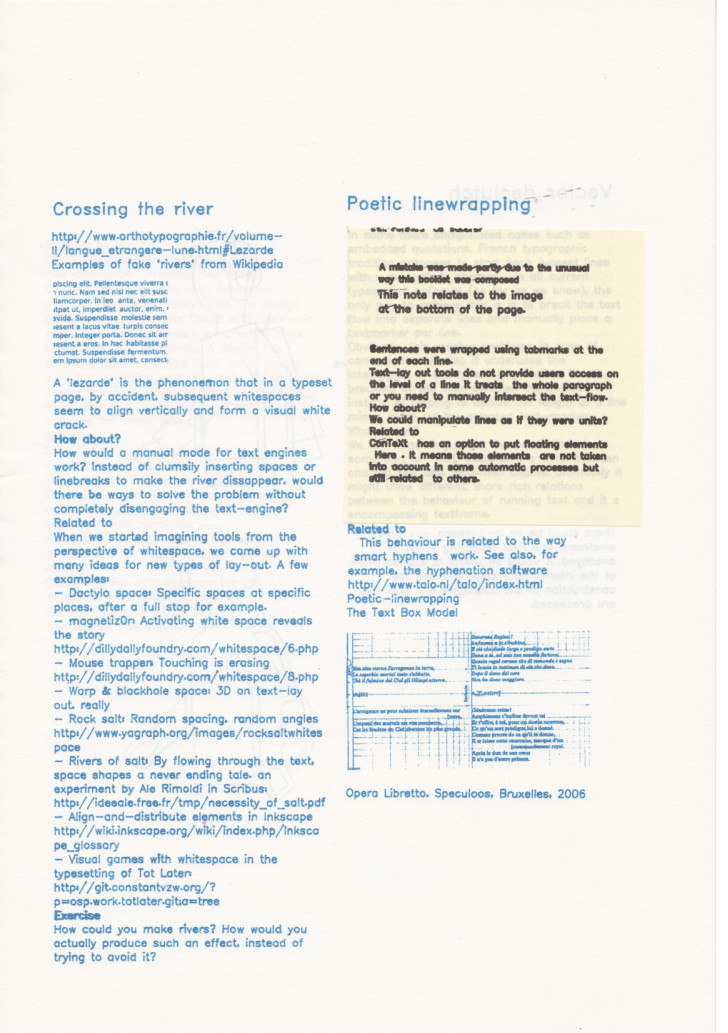
- Print and web counterparts for out of series magasine.
- click here to view the web counterpart
— layout
Mirage

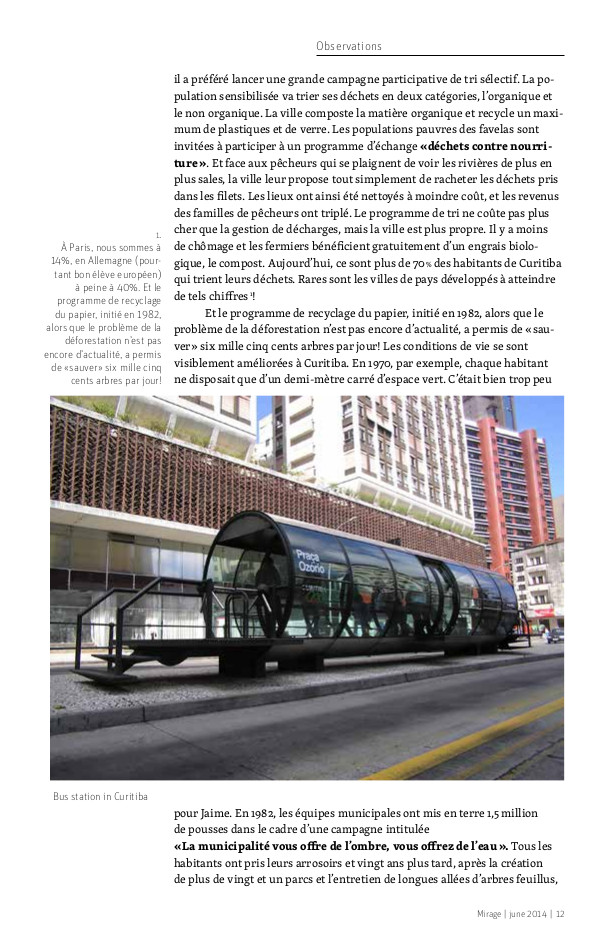
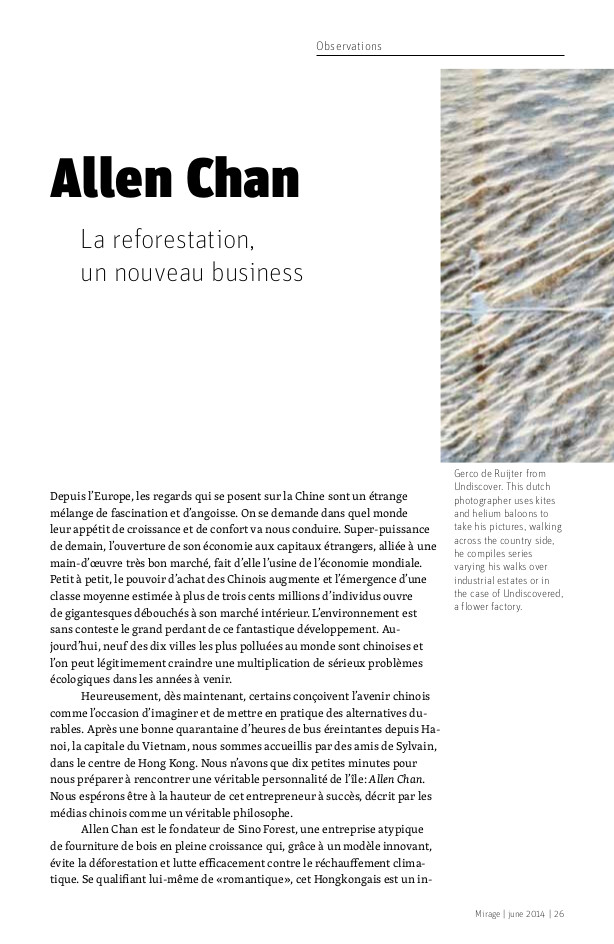
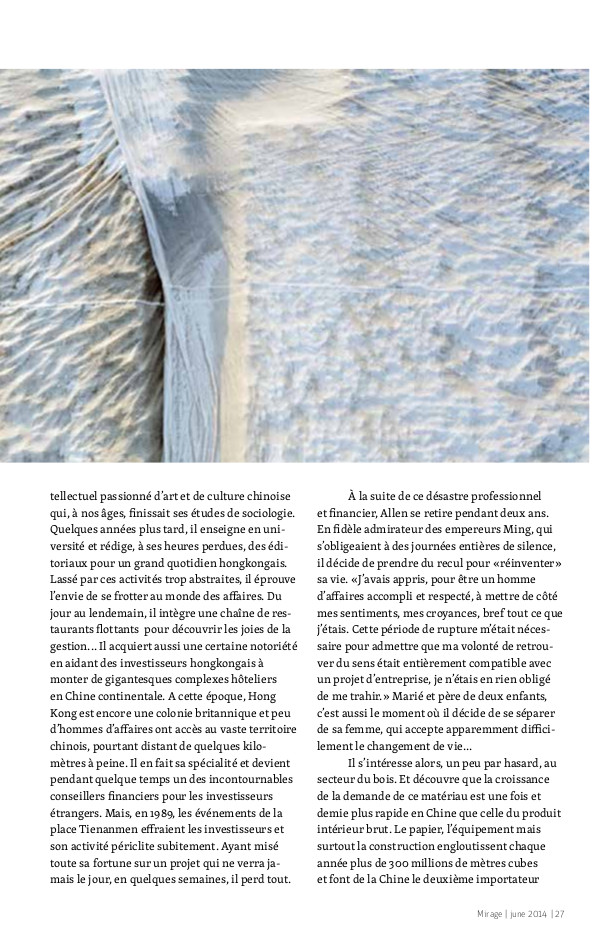
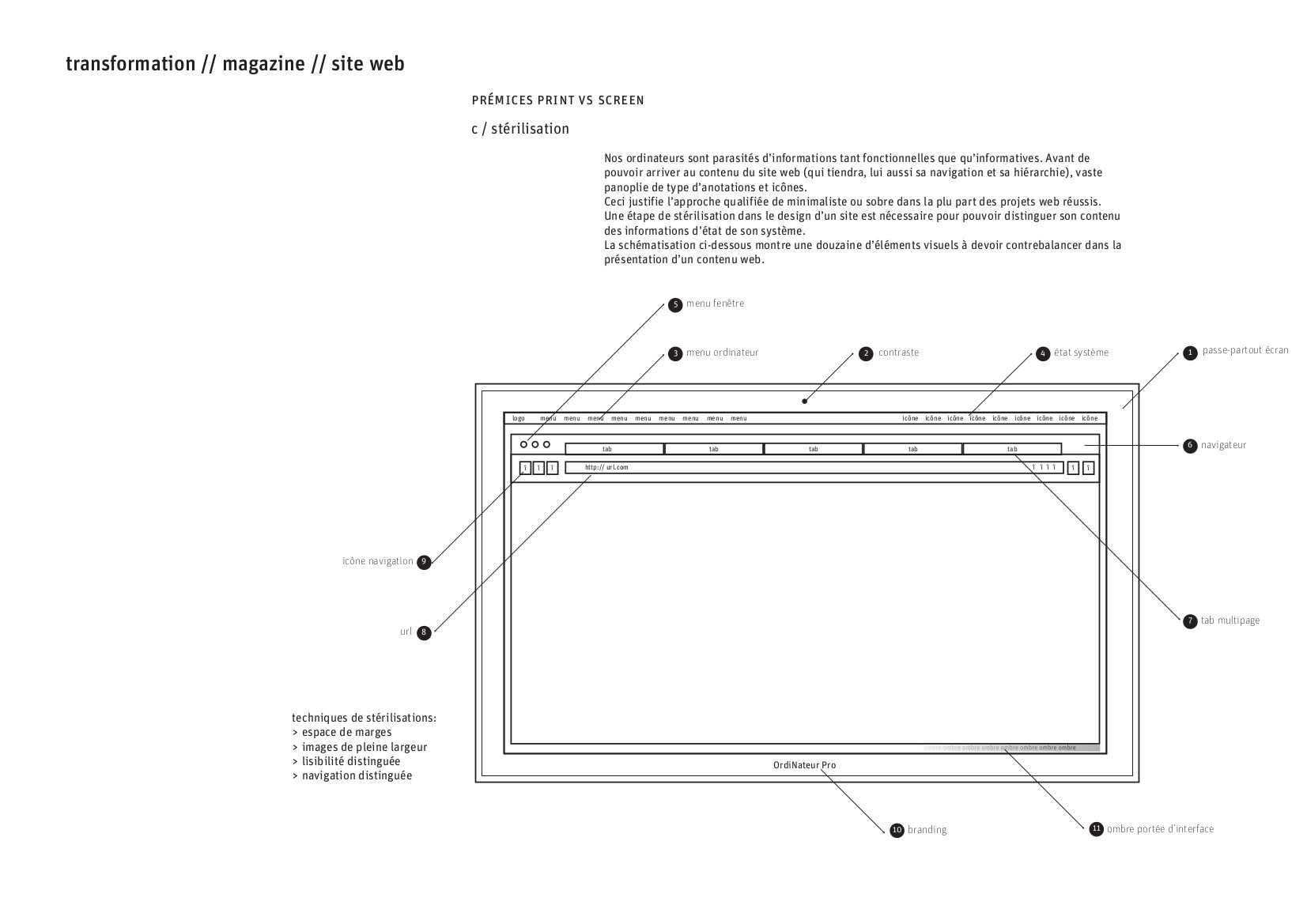

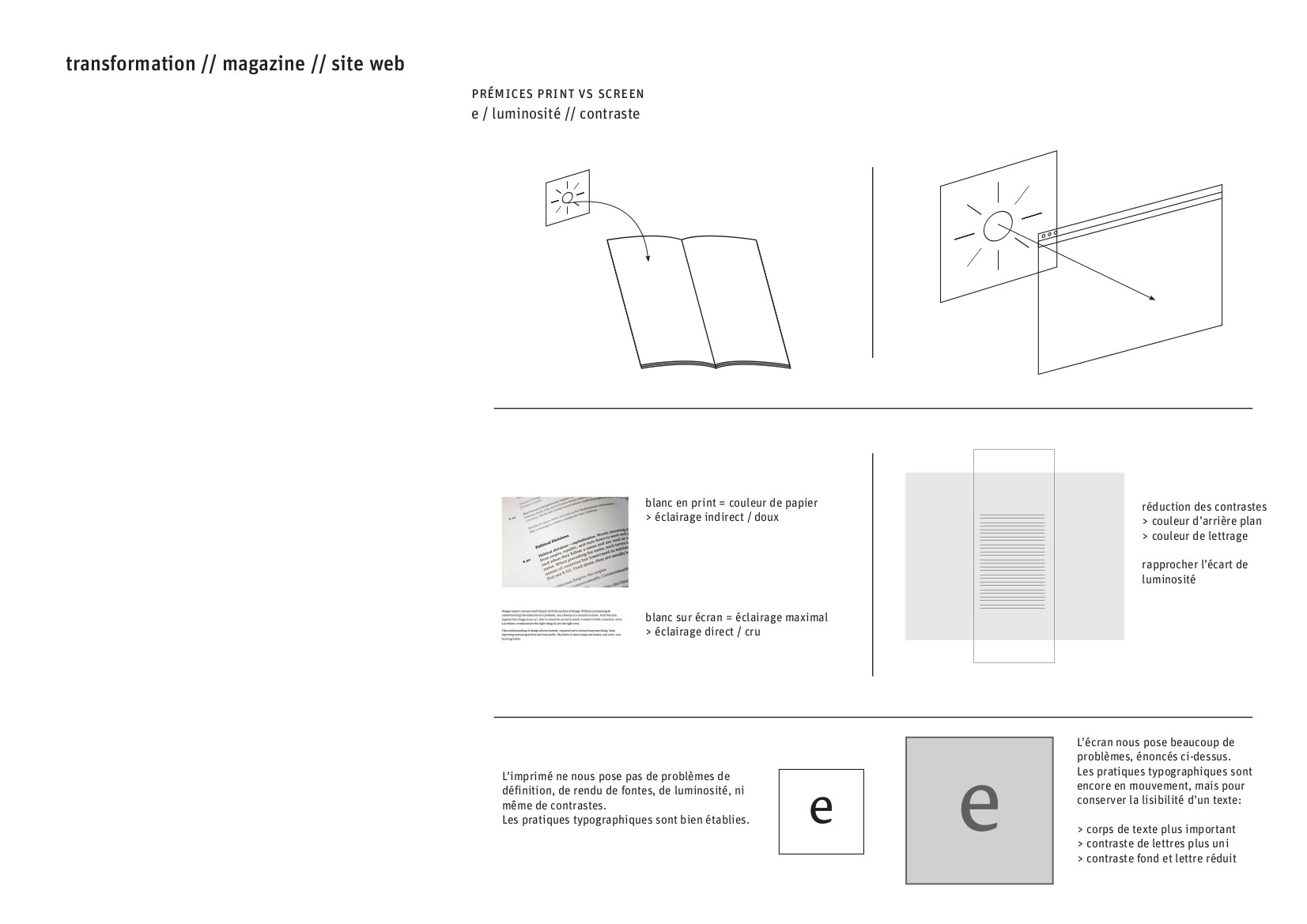
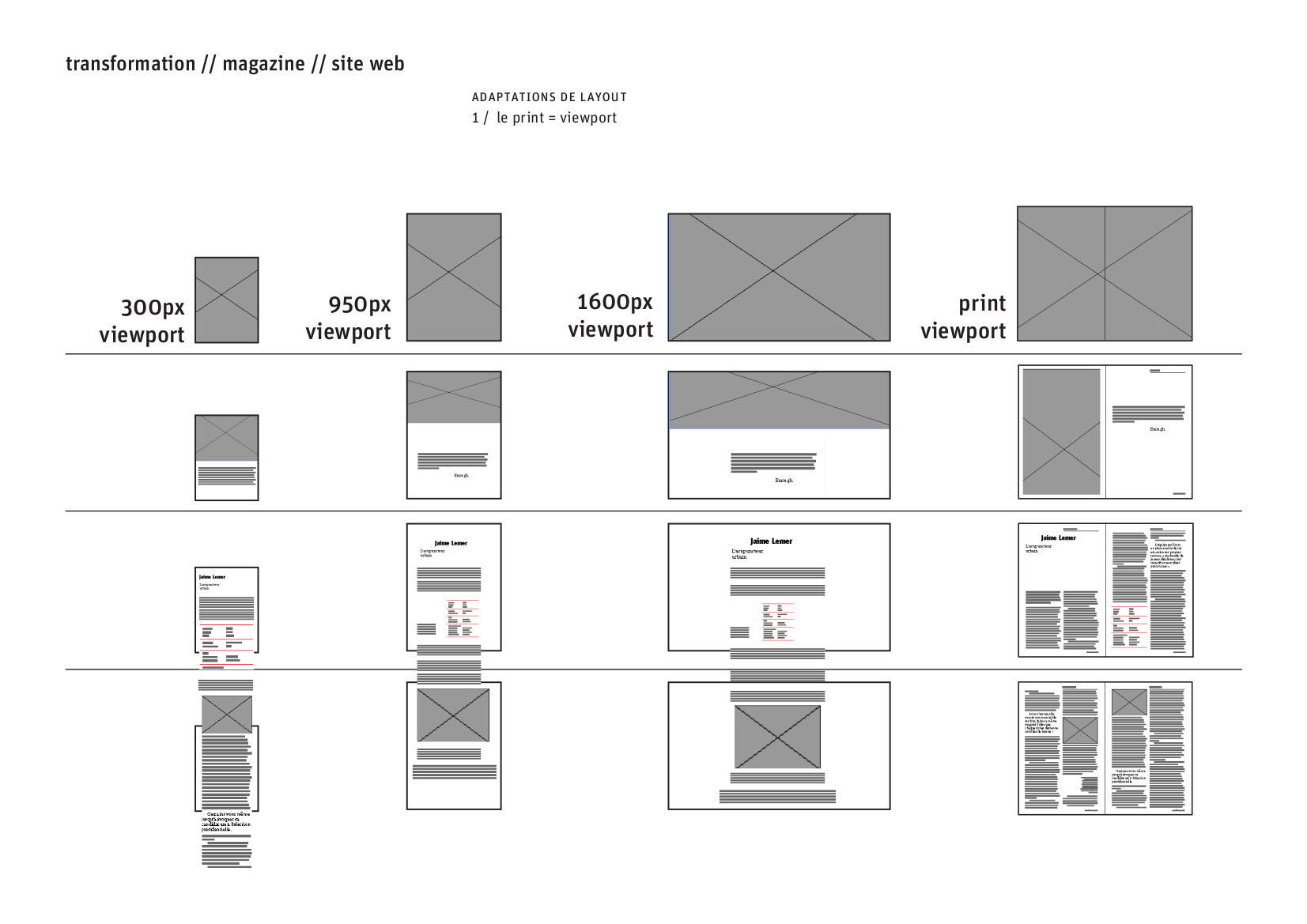
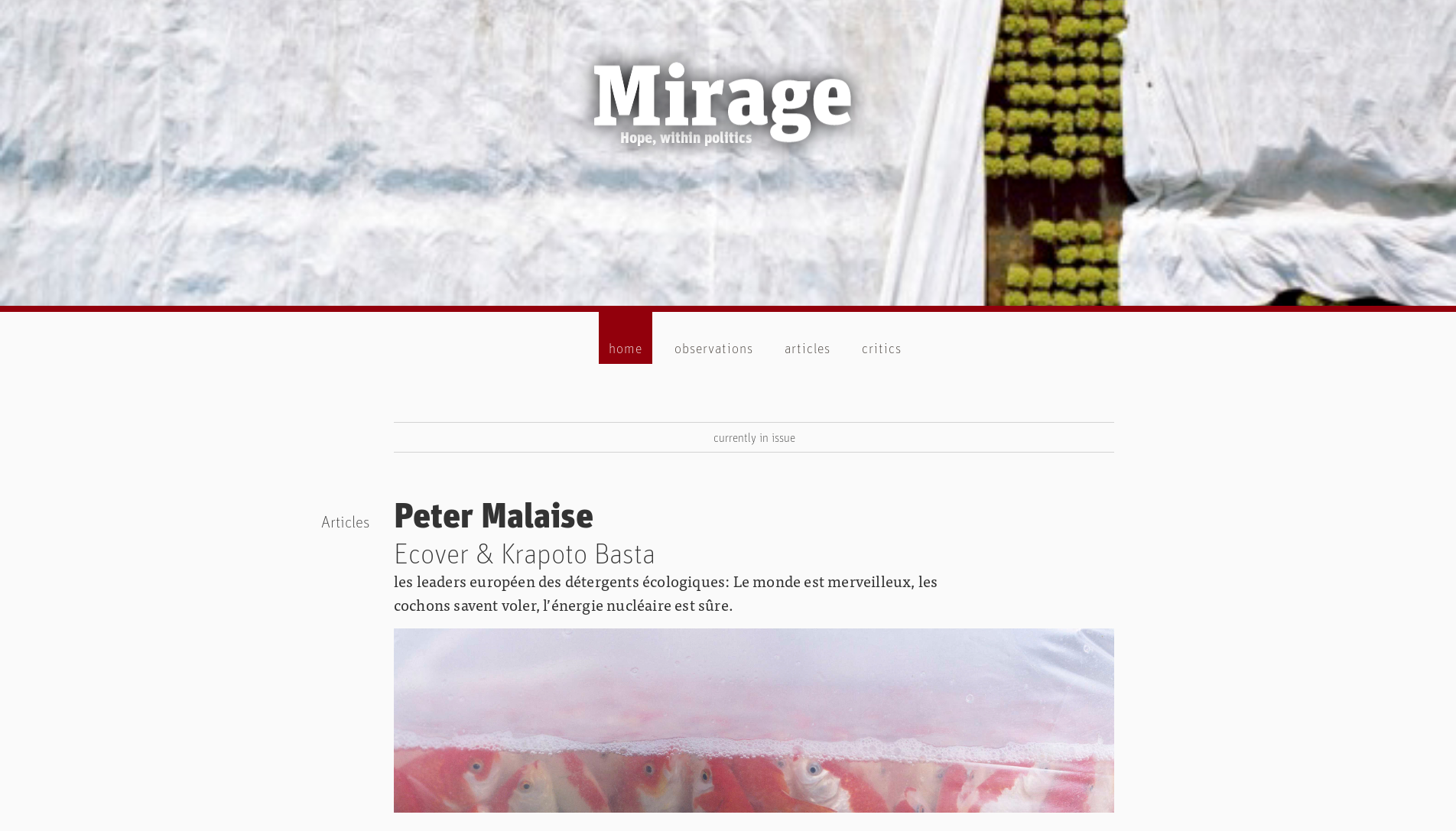

Posters and imagery
- various projects:
- brussels film festival, la foire du livre, Visual Grammar, images for drawing curved (with P. Huyghebaert), research maps, animated graph viz
— graphic design
posters, images, infographics
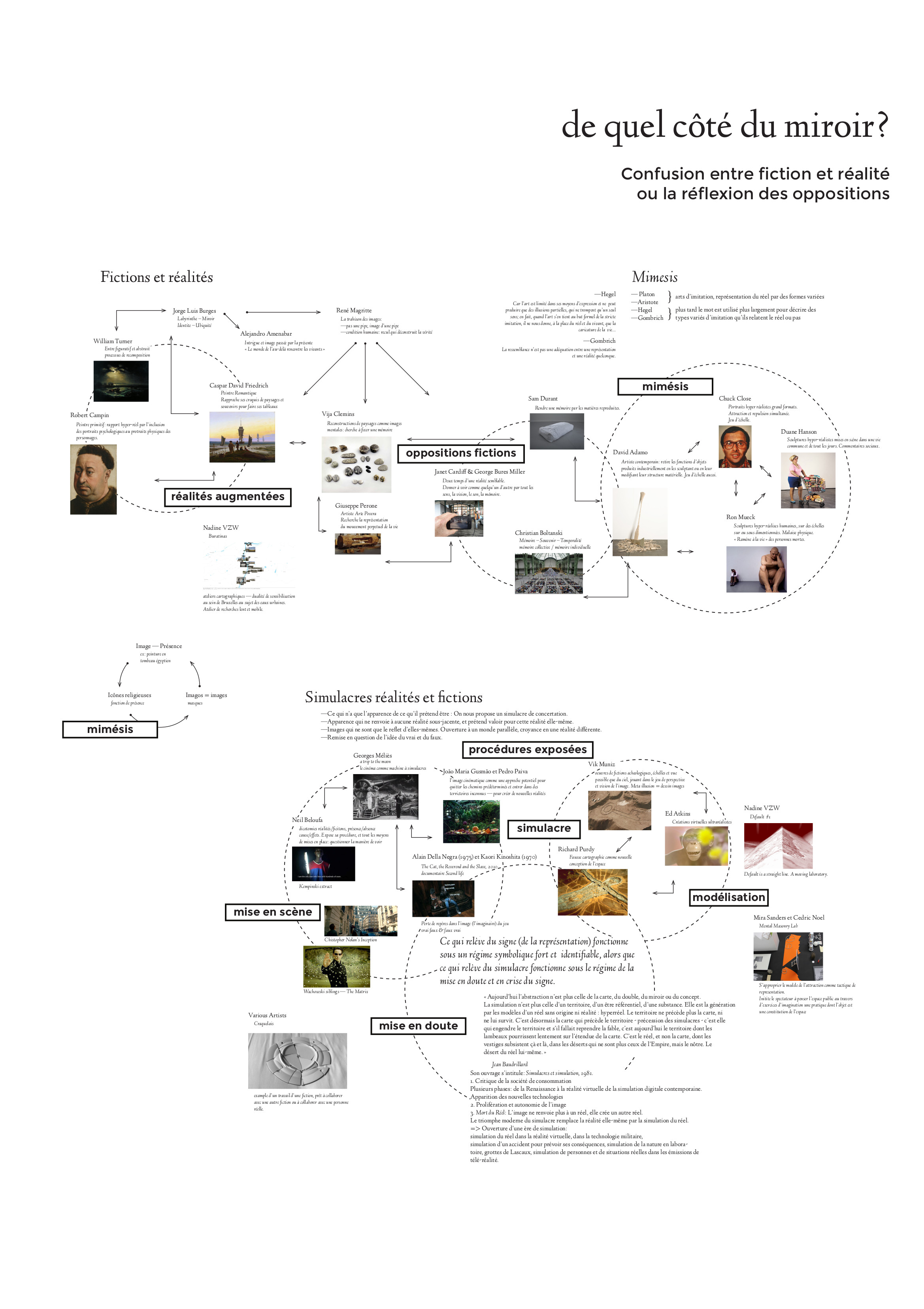
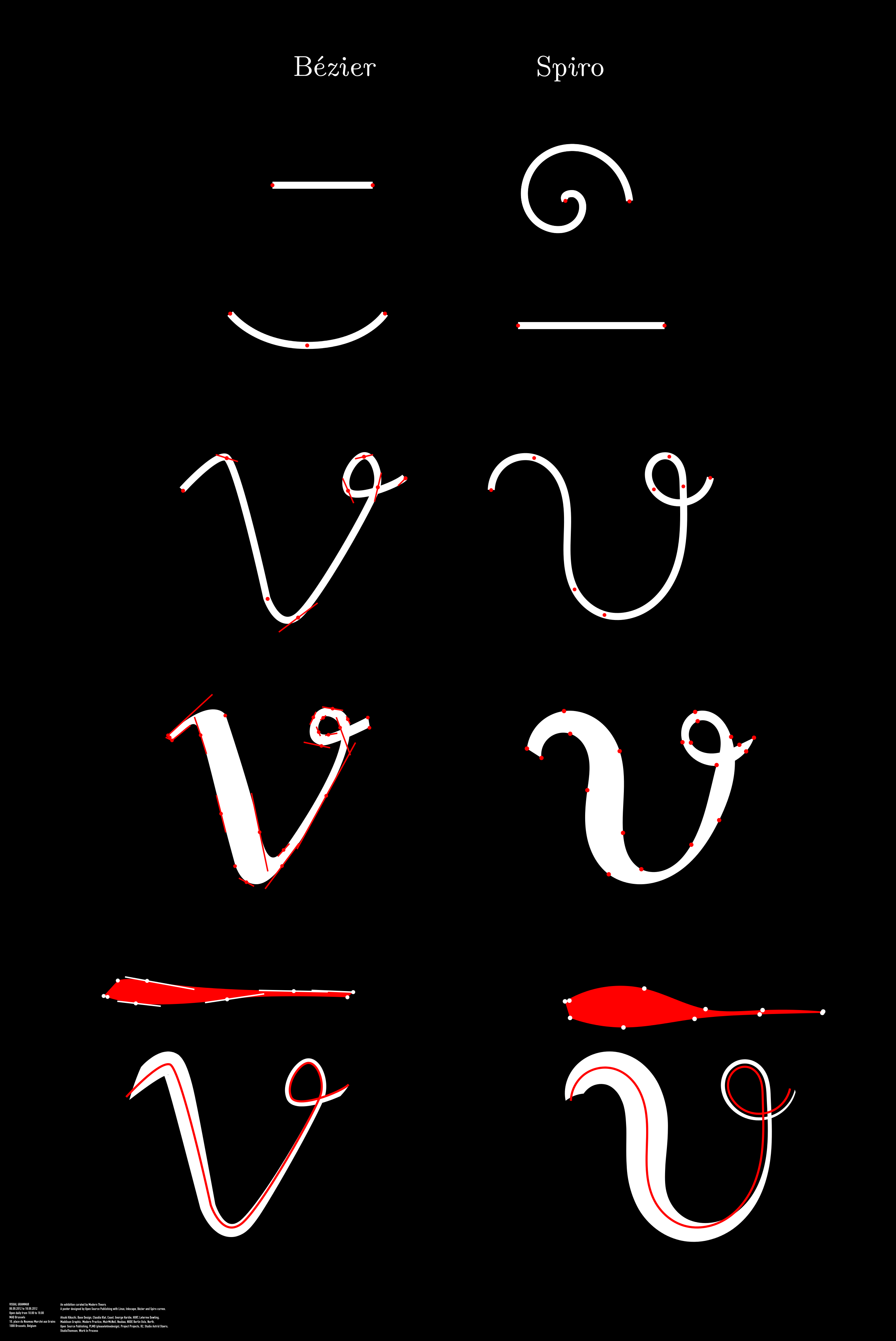
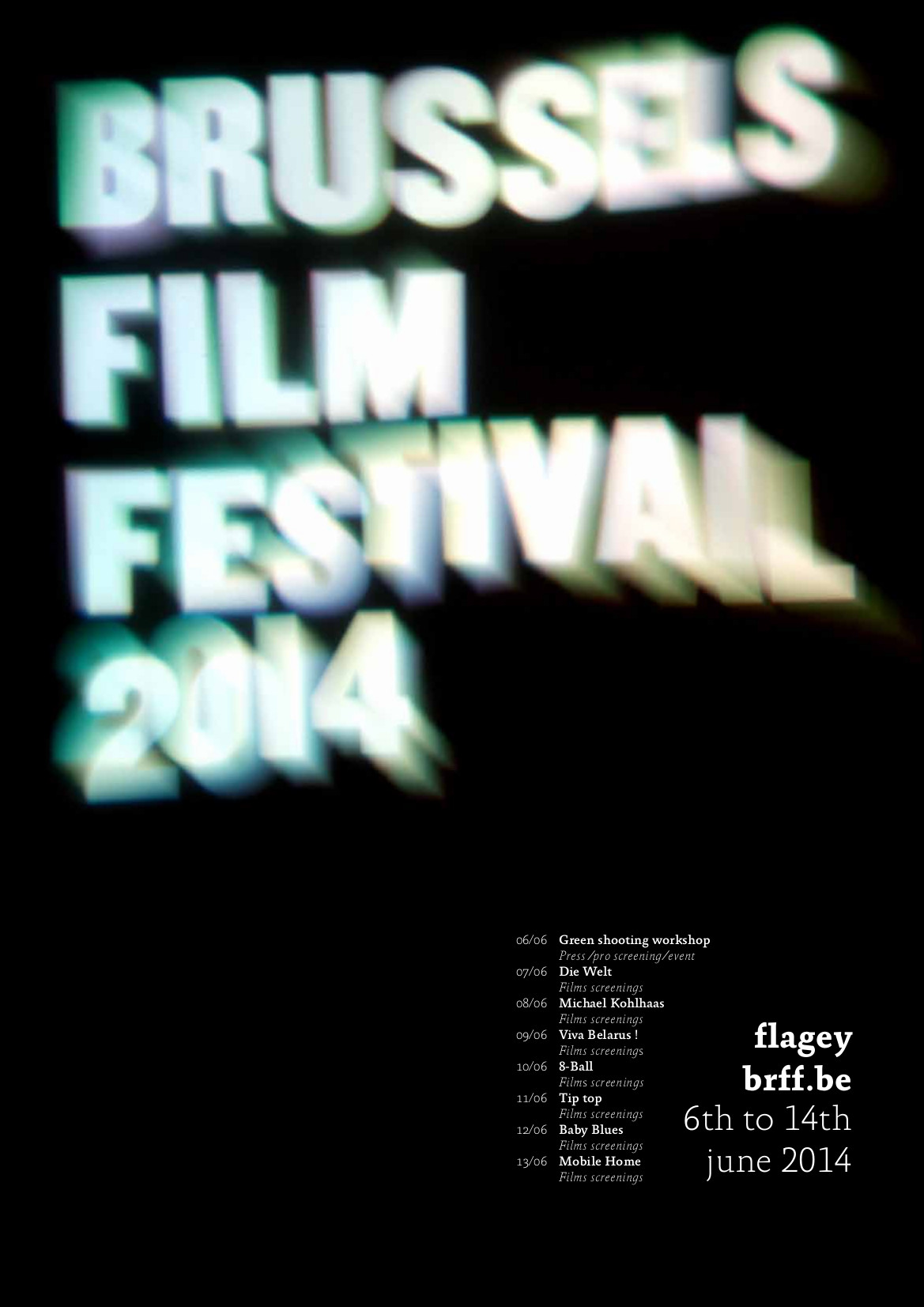

cartography
- Web map for Médor magasine: conflating Brussels pollution data (NO² levels) with school zones and locations. view the project on gitlab
- Pen plotted maps: OpenStreetMap conversionsfrom XML to SVG then to GCode for 3 axis CNC plotter. With loop studio and J. Dutertre
— cartography
maps
web design / web development
- selection of websites designed &/ developped, click links under the iframes to view full site
- view most code projects on:
- https://gitlab.com/colmoneill
- https://gitlab.constantvzw.org/colm
- https://github.com/colmoneill
— web design & development
websites
http://osp.kitchen/ redesign & new front end July 2018 view on gitlab
http://blog.osp.kitchen/ content migration and redesing January 2018 read the blogpost or view on gitlab
http://rodolphejanssen.com/ backend, design & front end by V. Janssens view on github
http://esac.be full site design and development with V. Janssen and E. Hendricks
https://conseildelamusique.be front end design for tentwelve.
research
- Research projects past and present. Visit project sites for more information.
— research projects
writing and research
http://drawingcurved.osp.kitchen/ co authored with P. Huyghebaert and Femke Sneltings
Drawing Curved is a collection of texts and images concerned with digital curvature. It seeks to understand when a curve starts to be tangible, or what might give a sense that they can or can't be handled. What makes a curve smooth? When does it seem appropriate to interrupt it?
— exhibitions & installations
set design, digital media installation
Dearly beloved,
Dearly beloved, we are gathered here today to get through this thing called life.
https://www.visualcarlow.ie/exhibitions/info/a-collaborative-love-songA COLLABORATIVE LOVE SONG
04 June 2019 - 08 September 2019 — Make and Play at VISUAL Carlowfrom the gallerys communication: Music is a means for people to “get through this thing called life”. In this season’s make and play space, you are invited to write lyrics, perform and record your lyrics and then submit them to a collaborative love song. It has been created by VISUAL Artist in Residence Clare Breen and Colm O’Neill, with original music by Richard Breen.
All of the digital material produced for this installation is under copyleft licenses and accessible at https://gitlab.com/breadfellows/dearly-beloved.

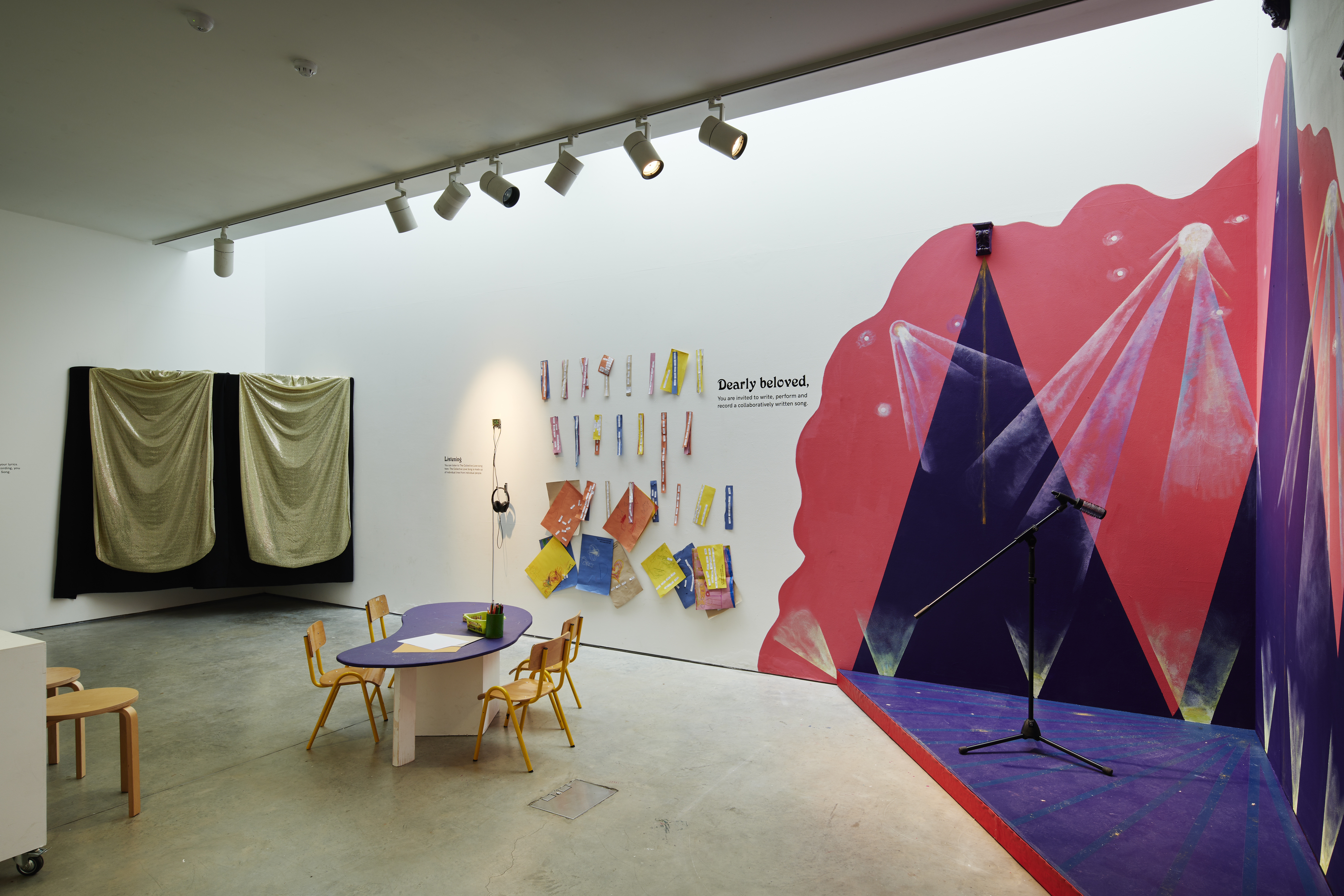

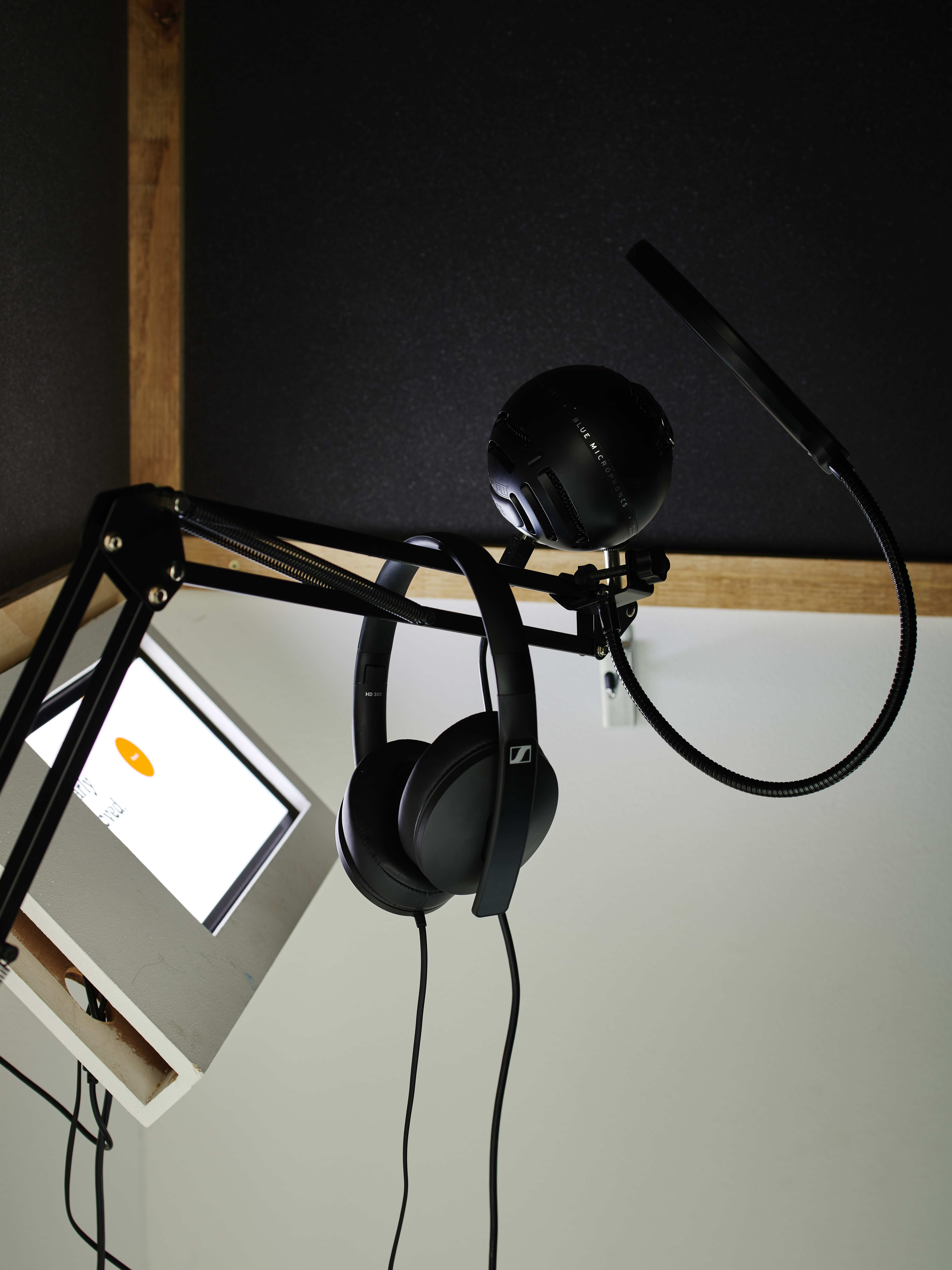
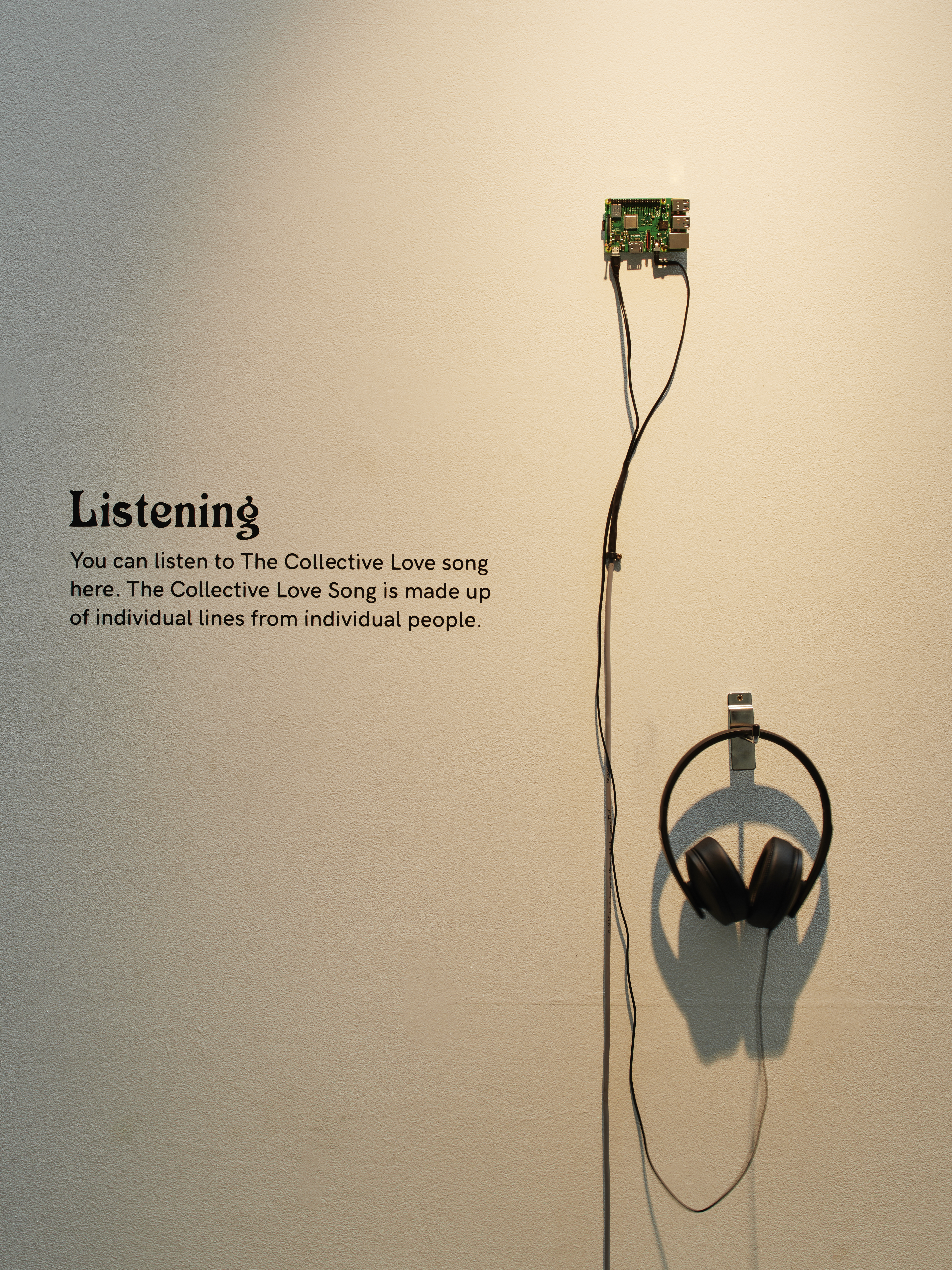
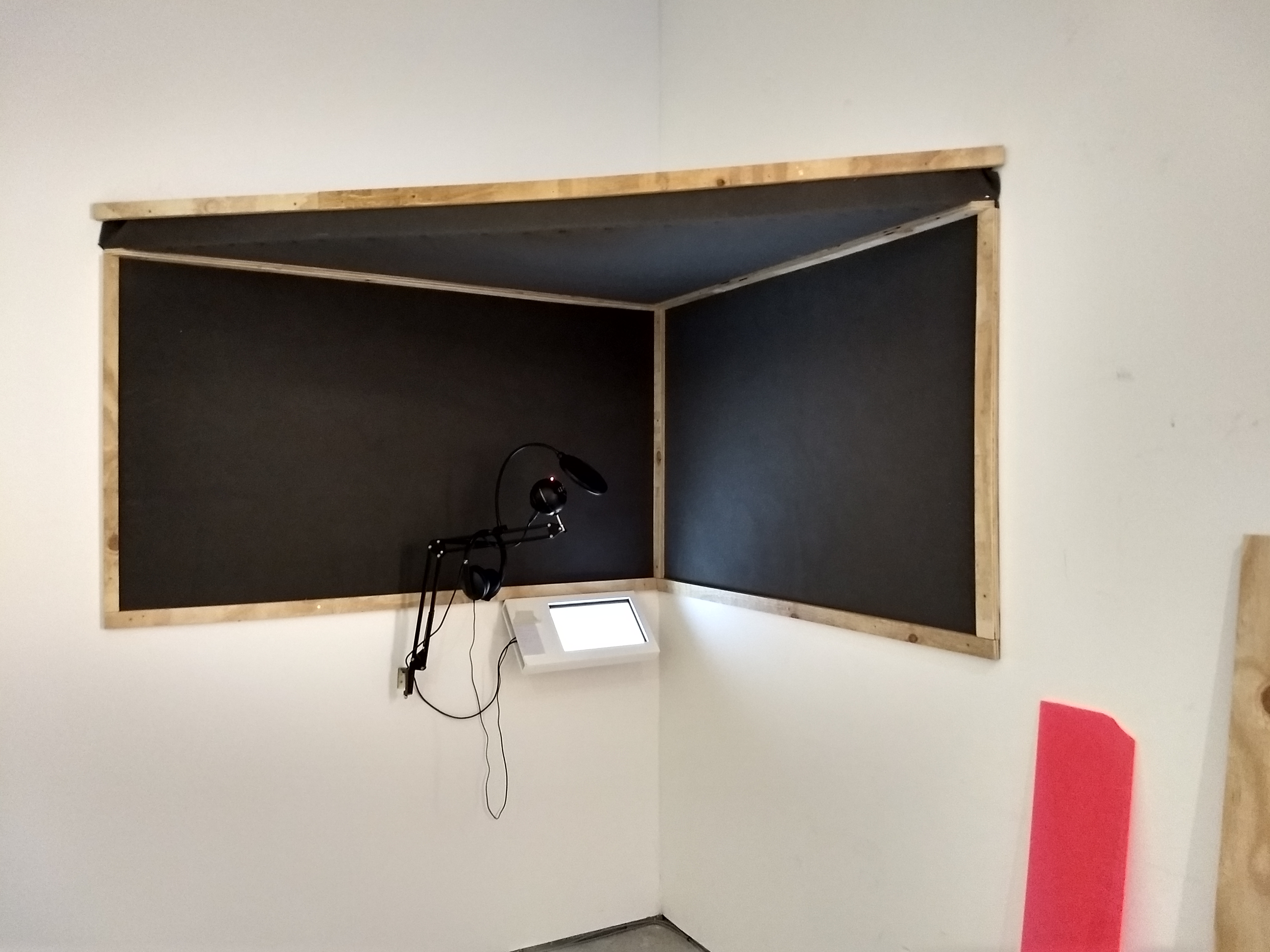
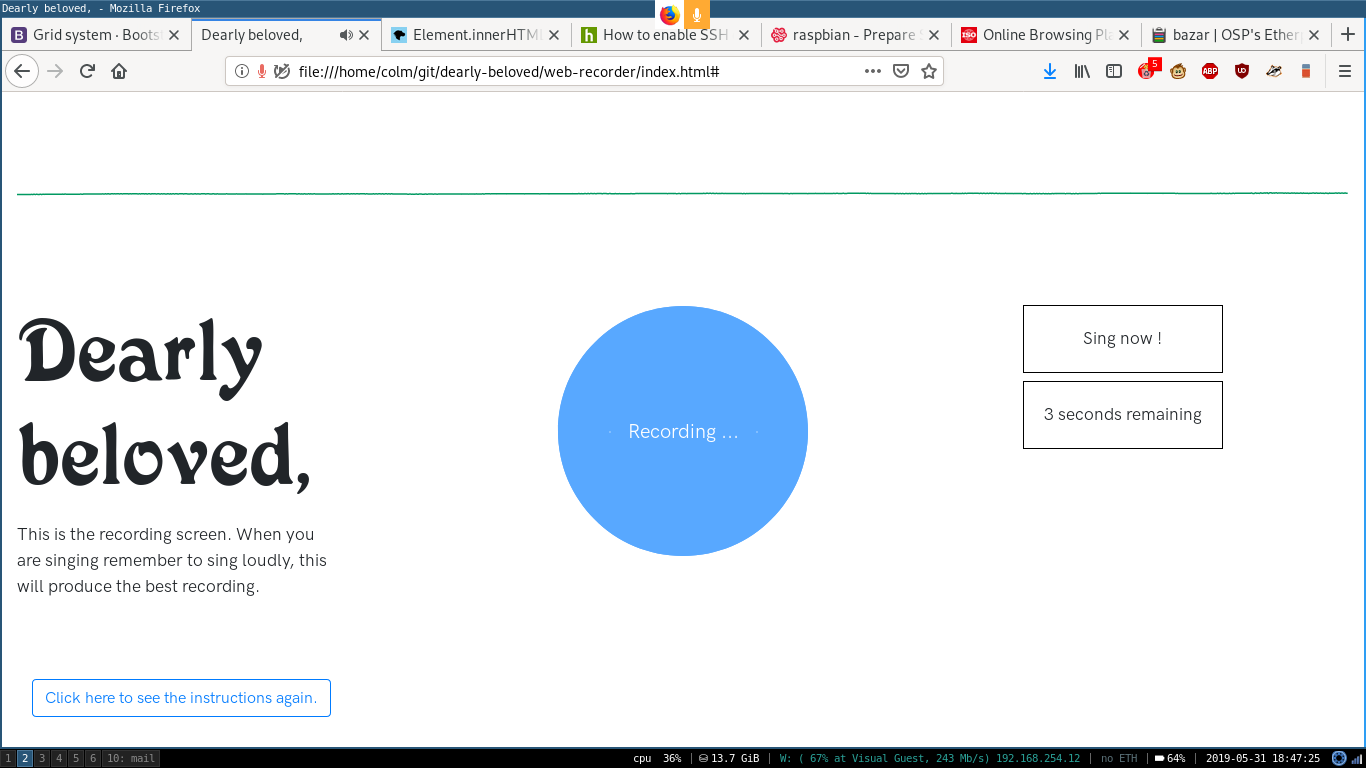
— exhibitions & installations
set design, digital media installation
Irish Tree Alphabet
Typeface production and set design, website and in-gallery media design for Katie Holten. Irish Tree Alphabet, exhibition at VISUAL Carlow, June-October 2020
"The project finds its roots in the Ogham alphabet, a medieval alphabet used primarily to write the early Irish language. Ogham's characters or letters were called feda "trees" or nin "forking branches" due to their shape."
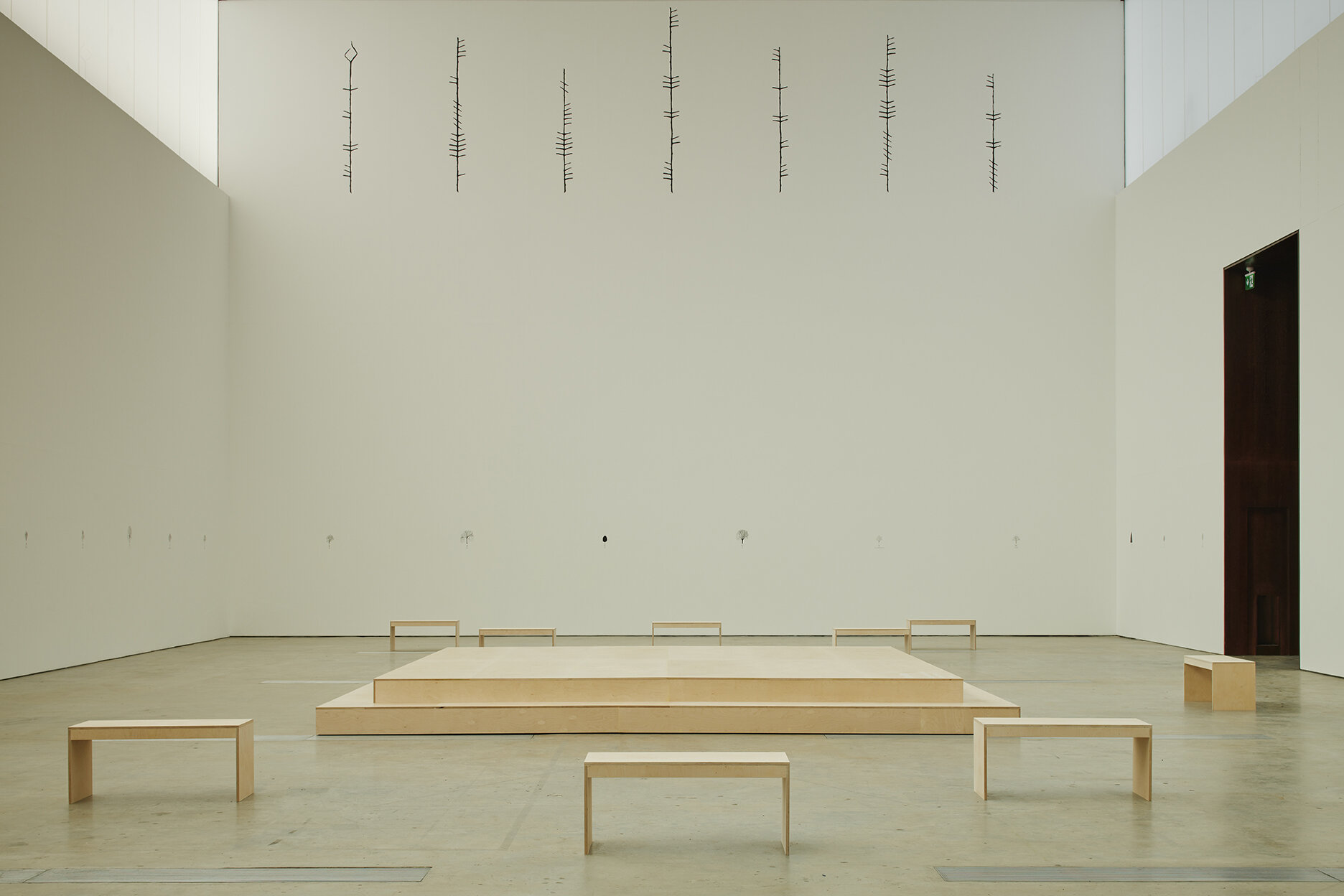
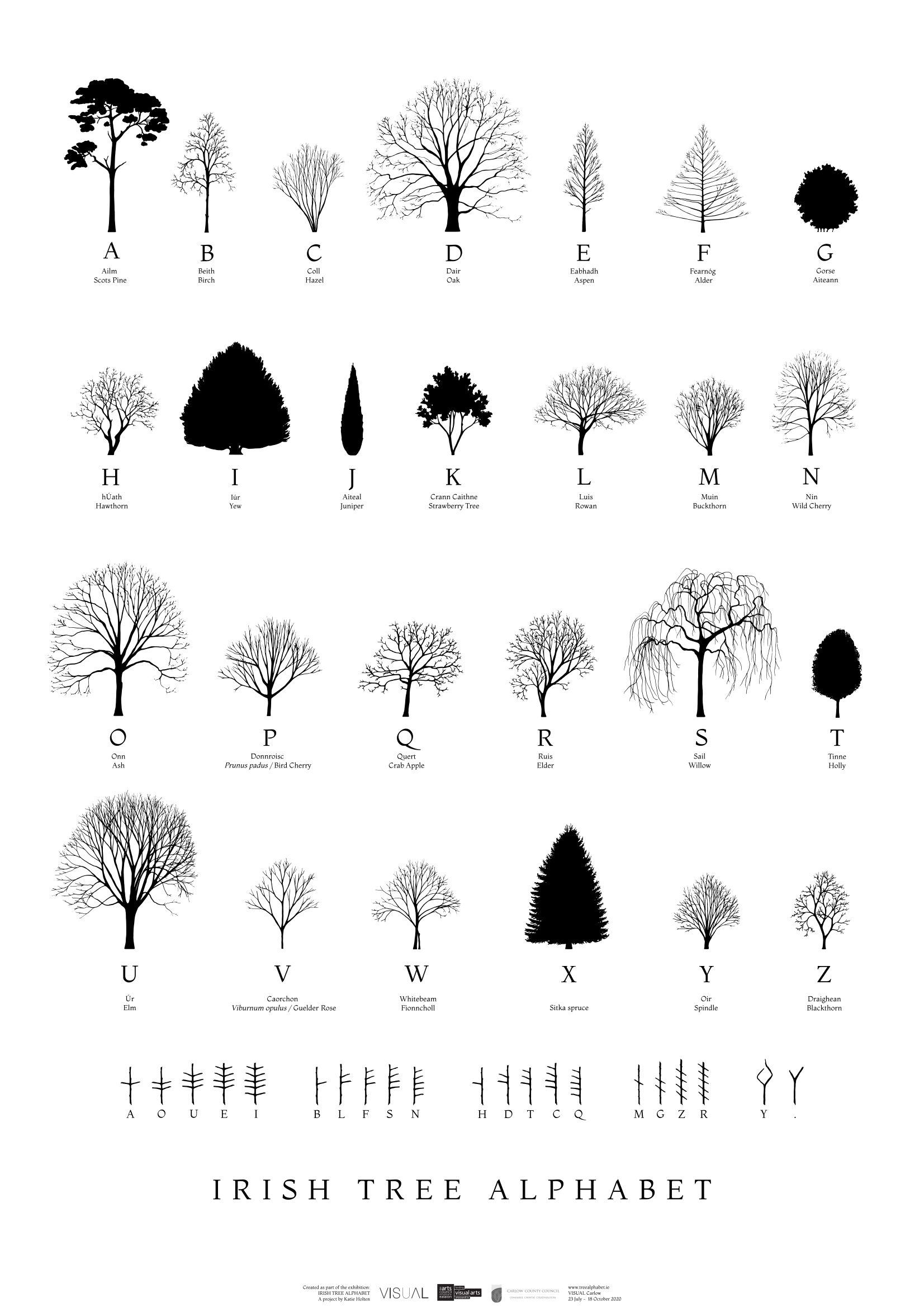



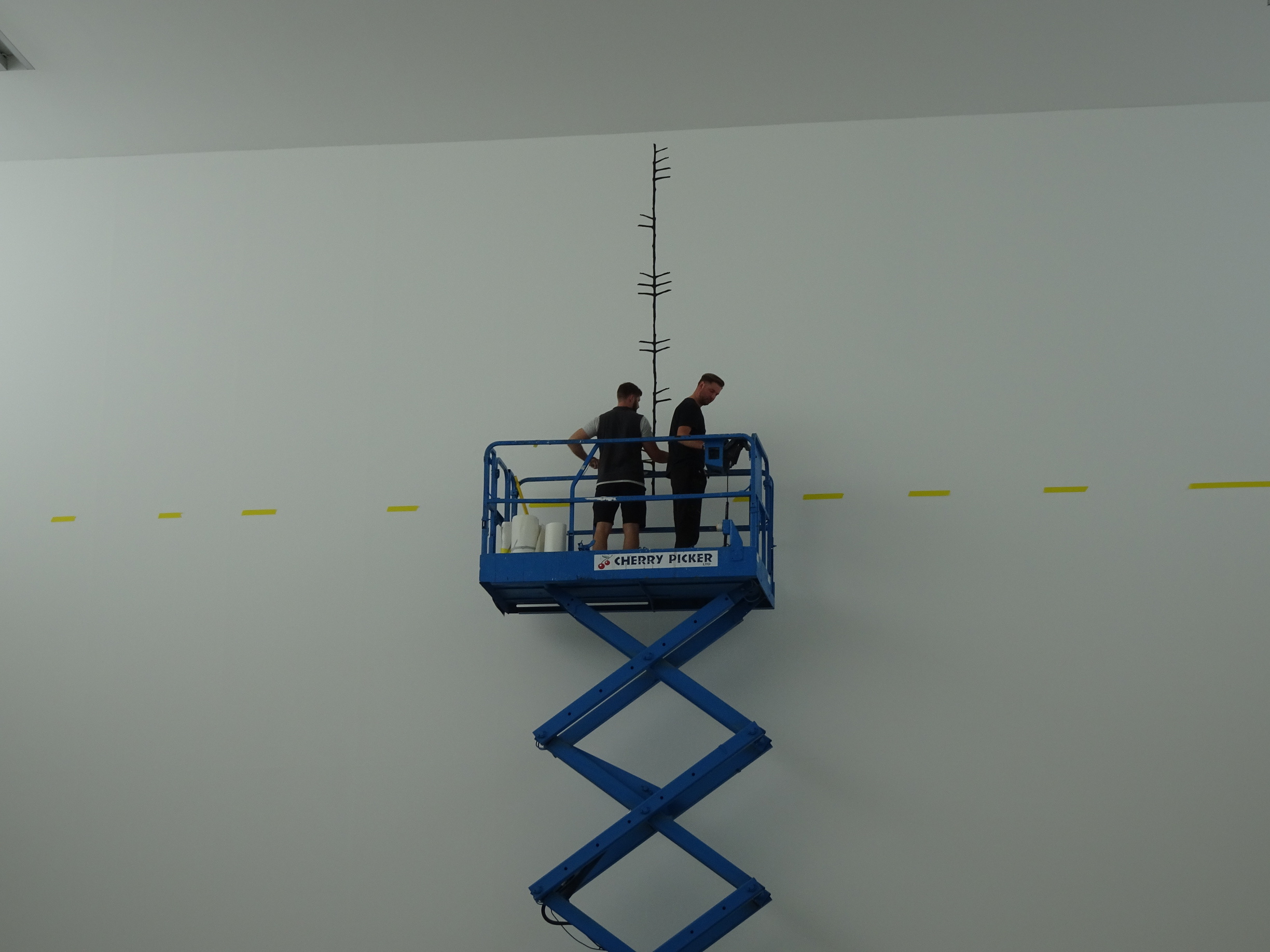
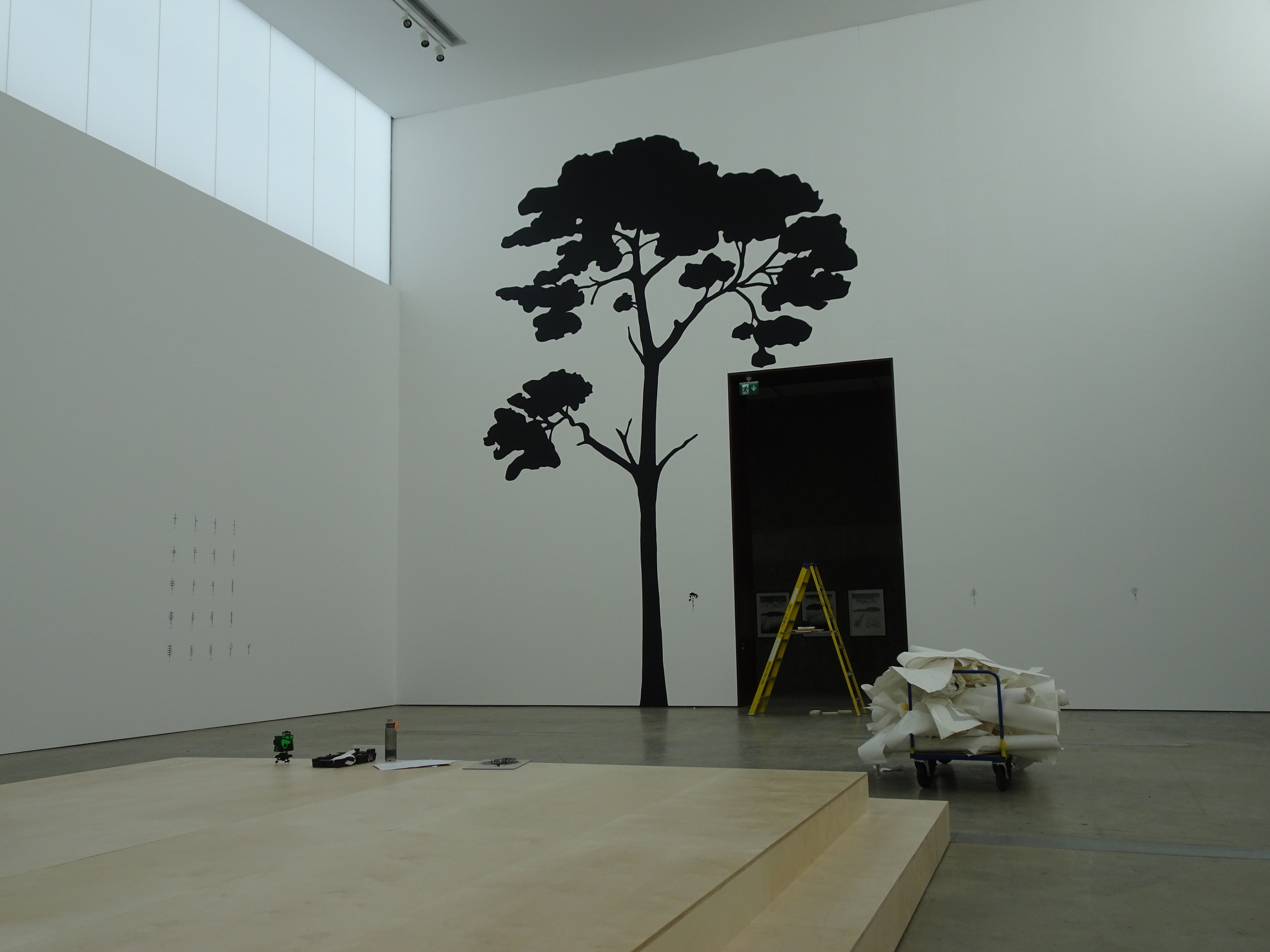

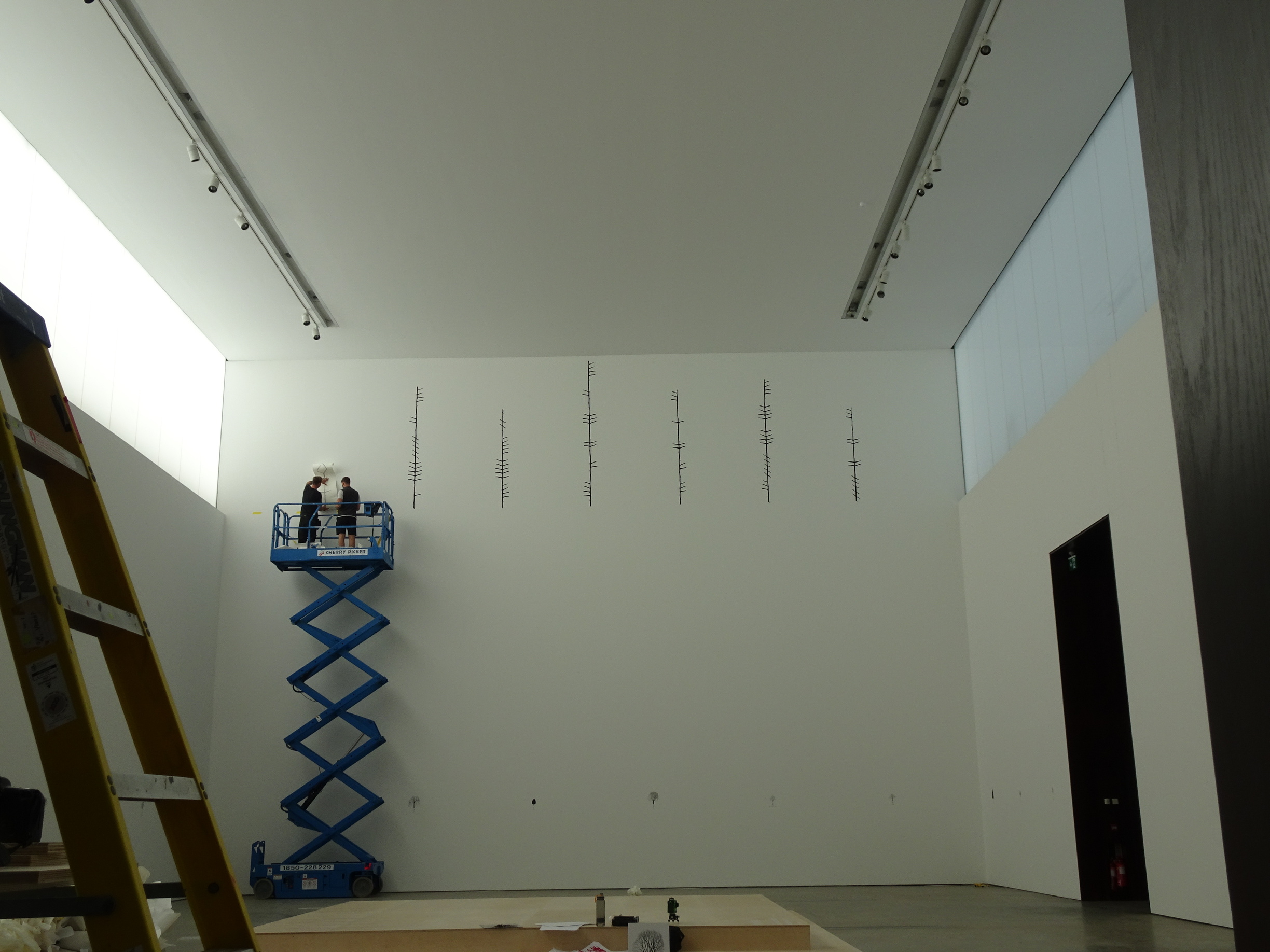



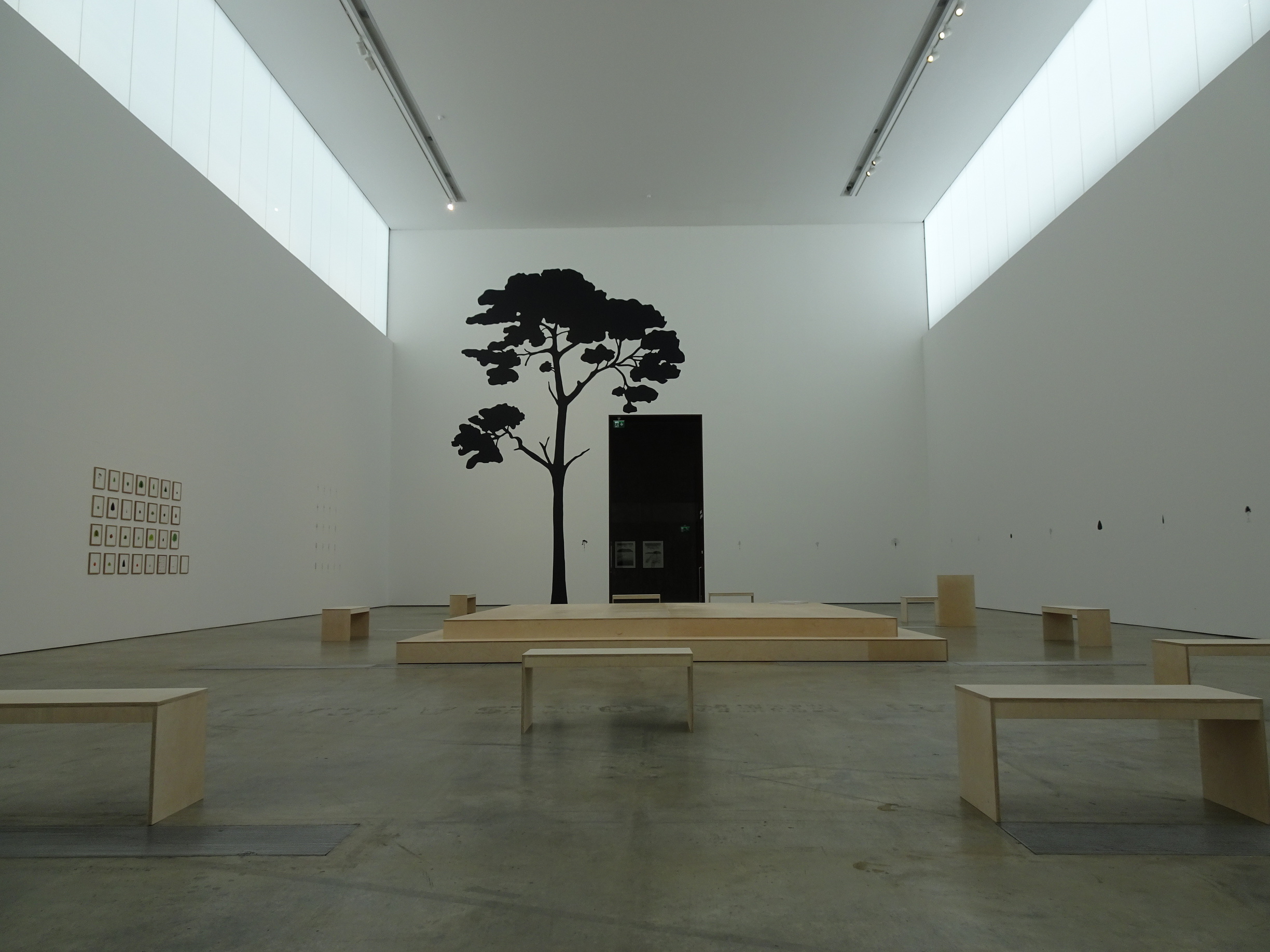
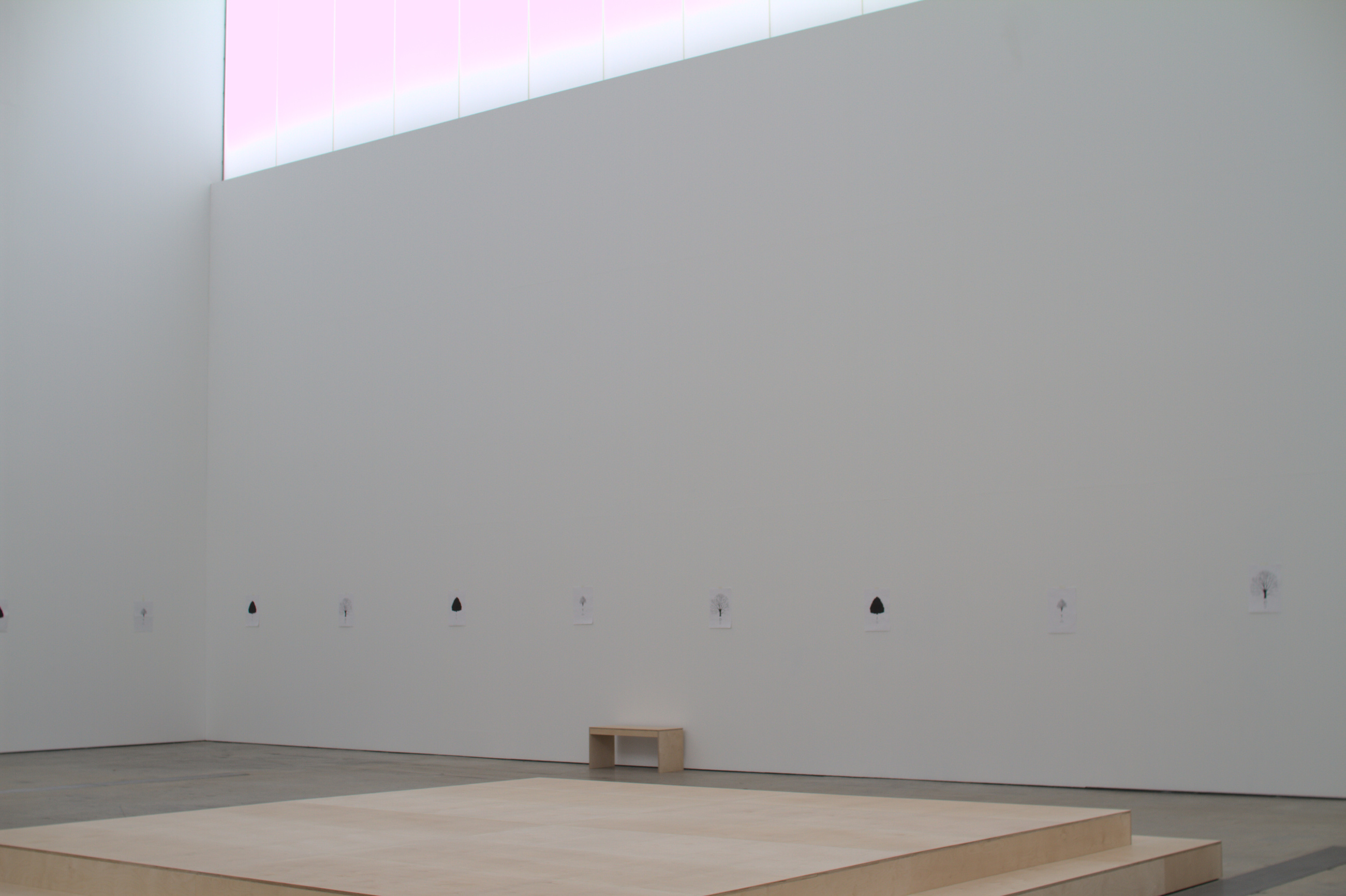
— publications
publications
Fake it, fake you, fake them
